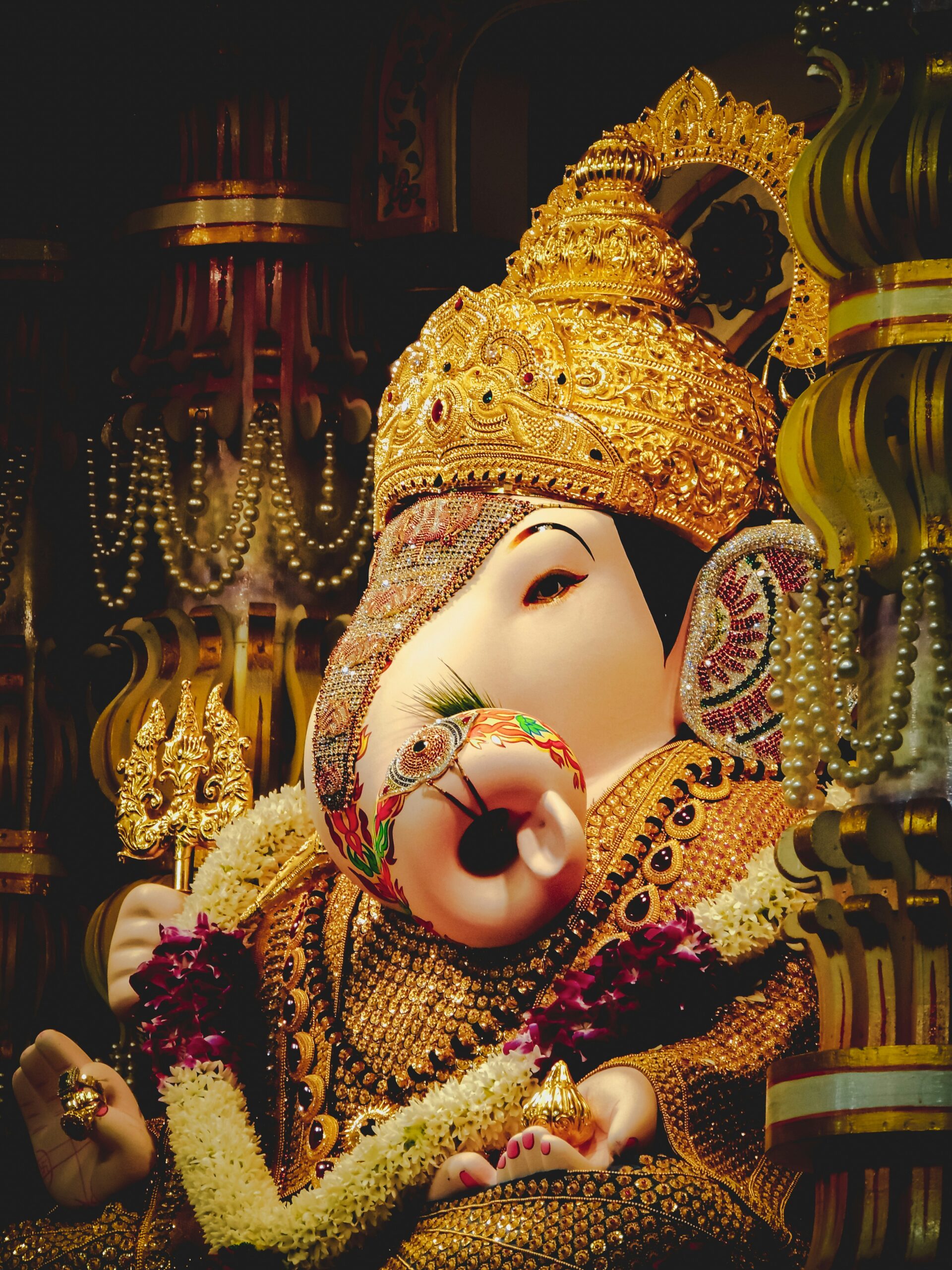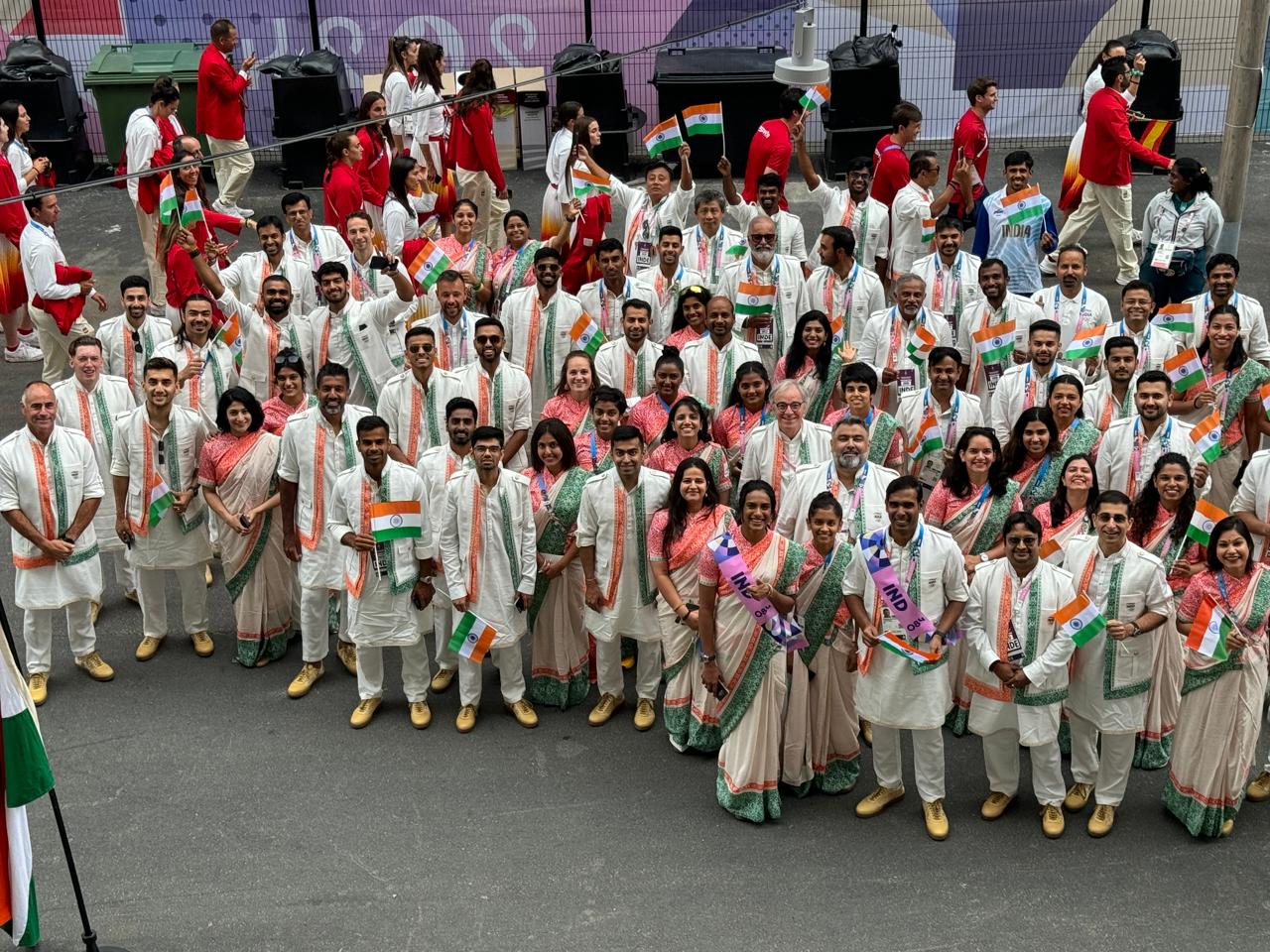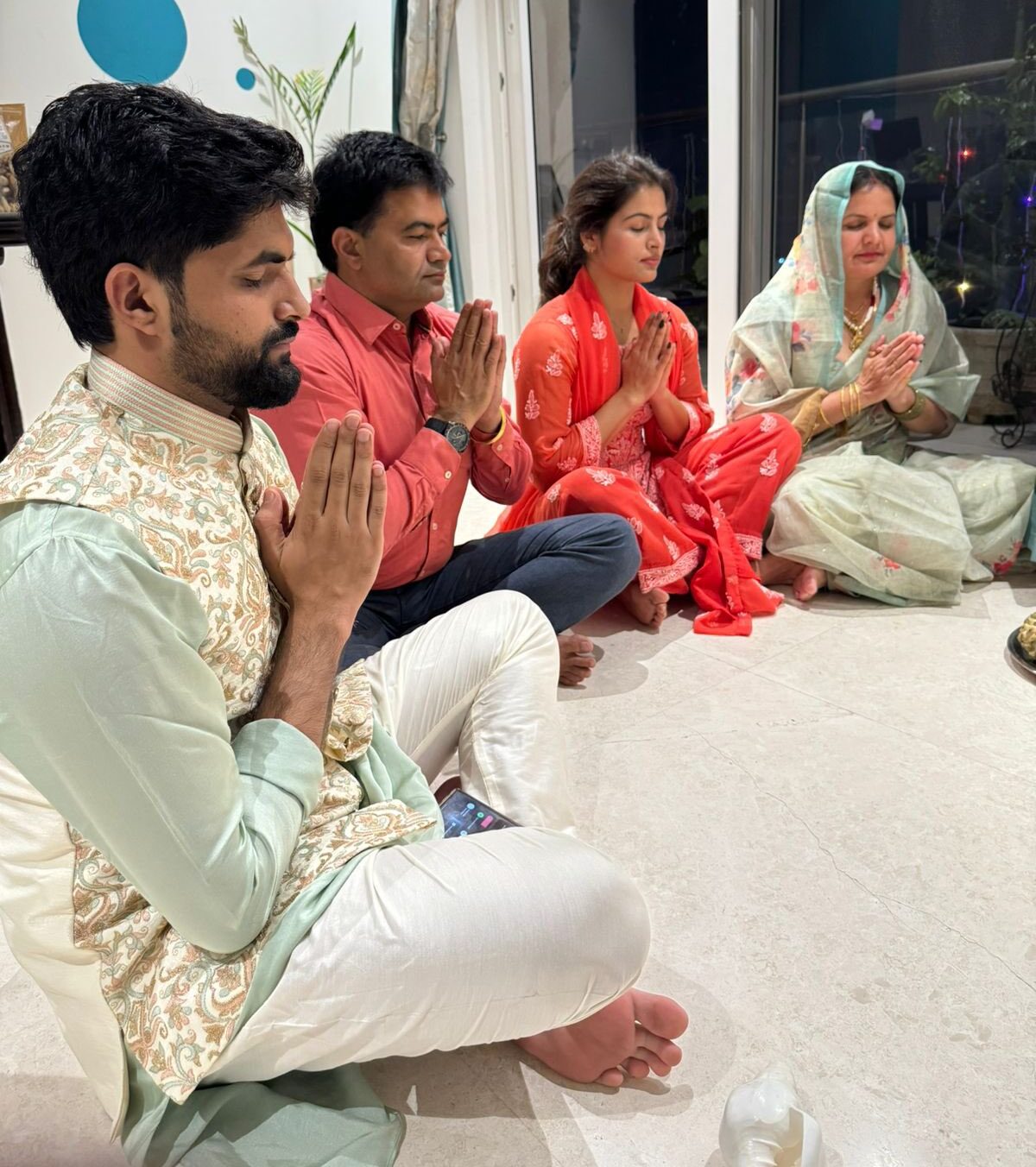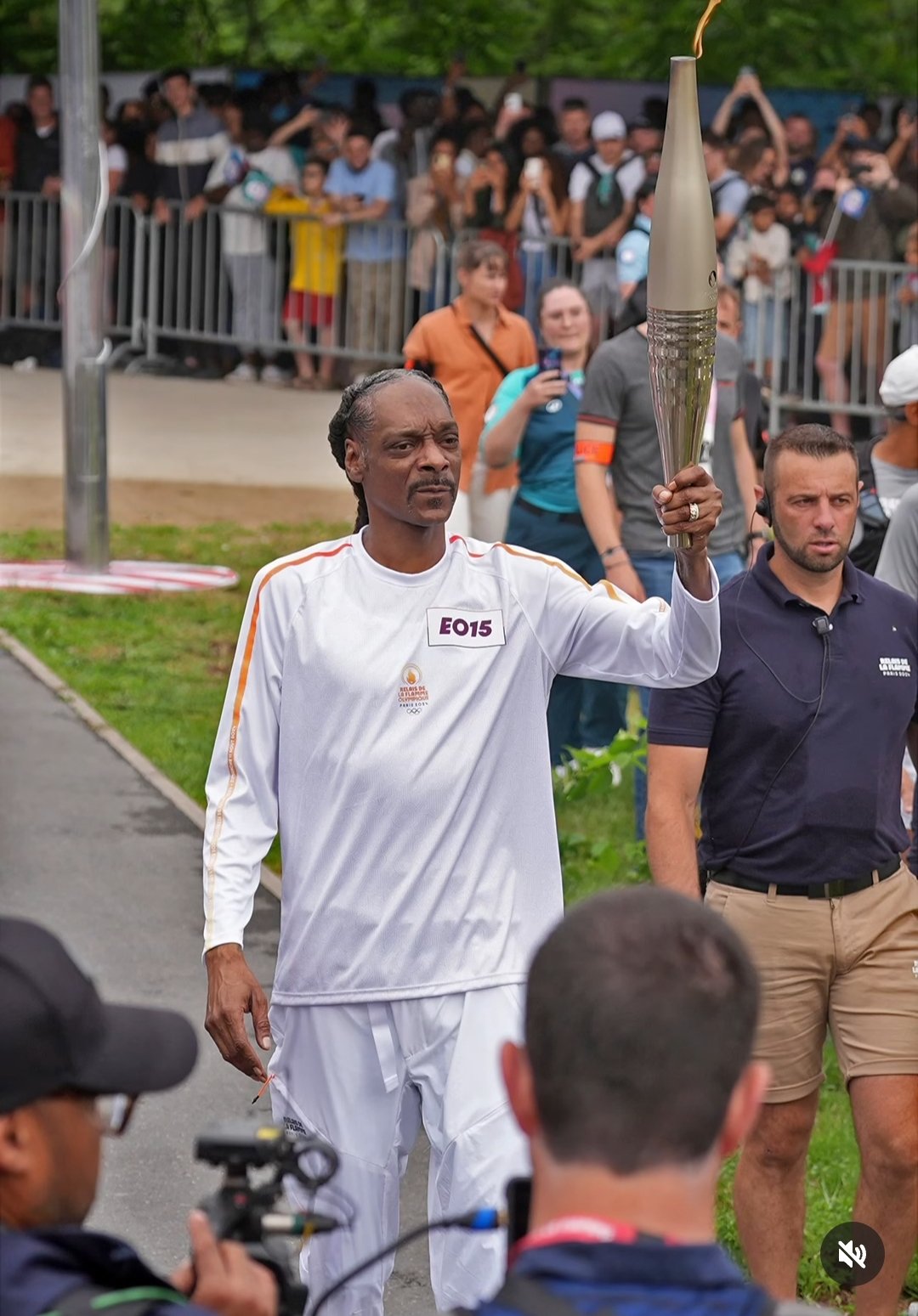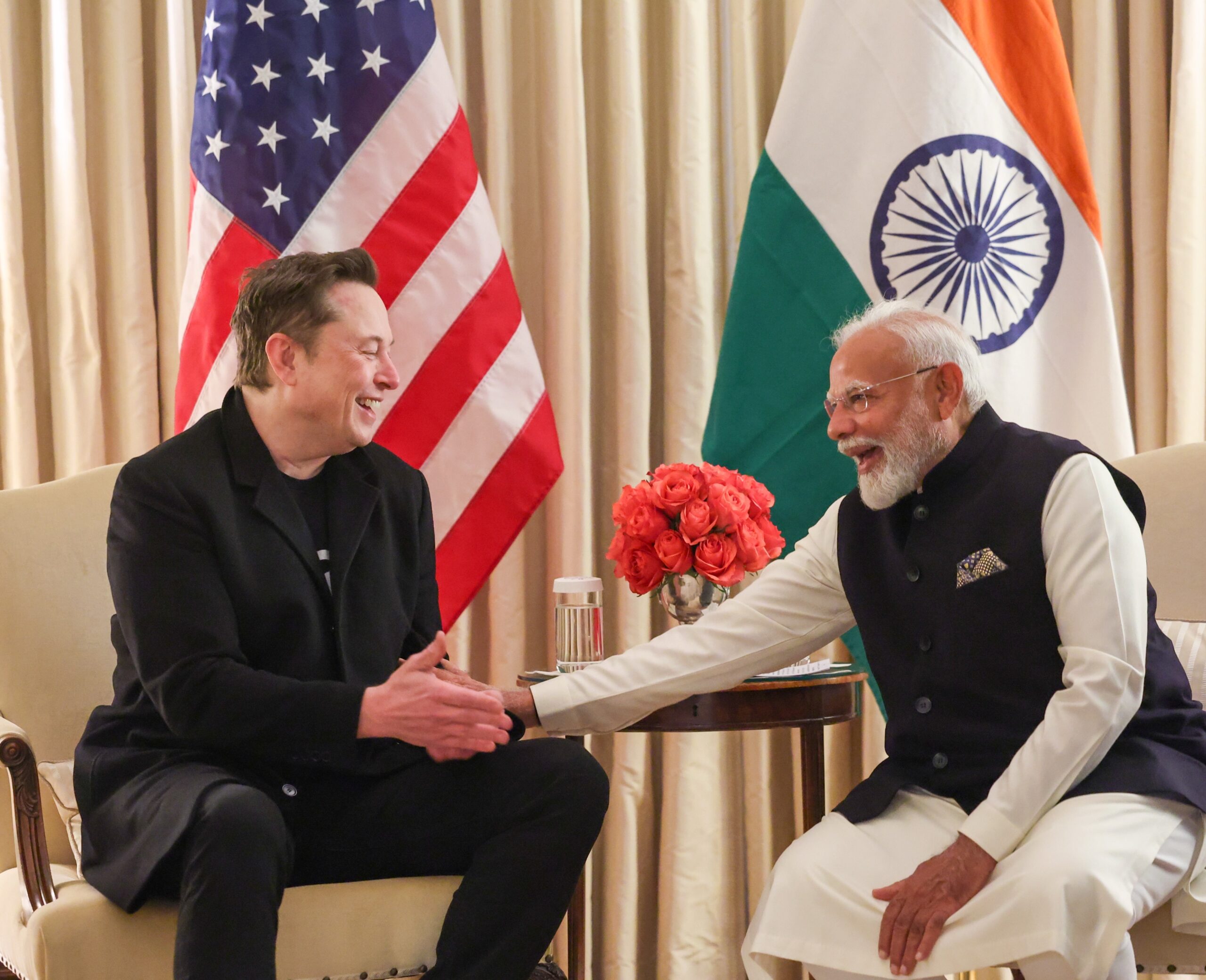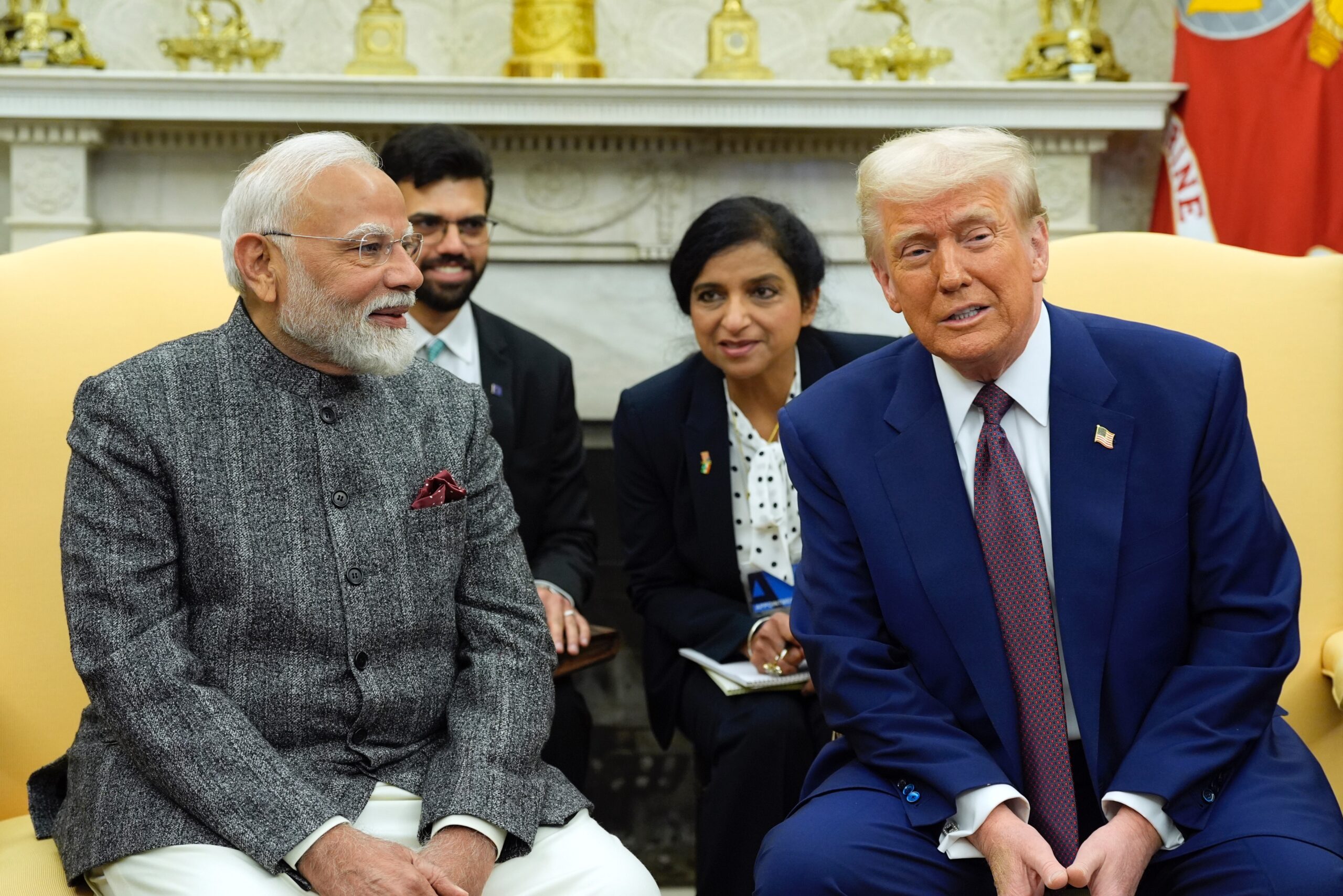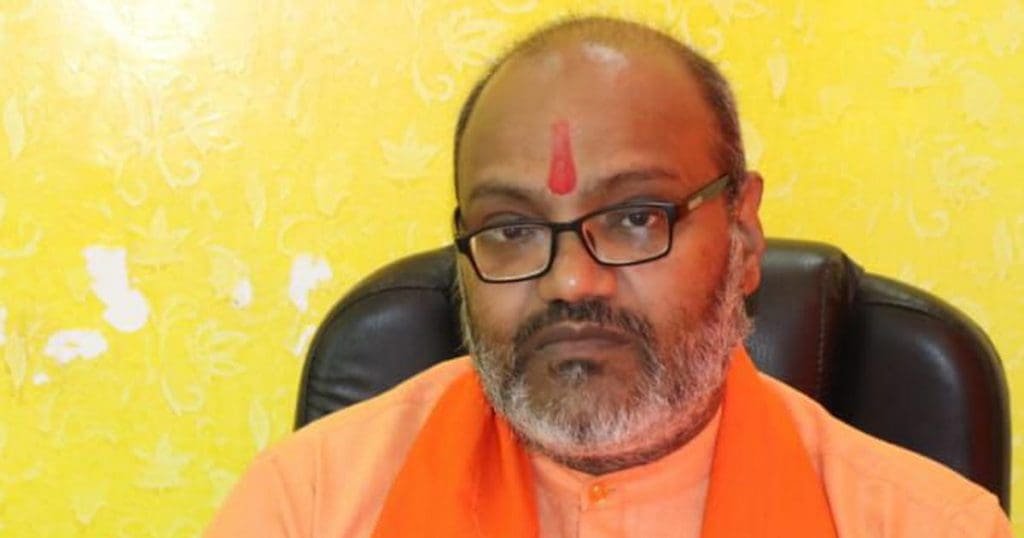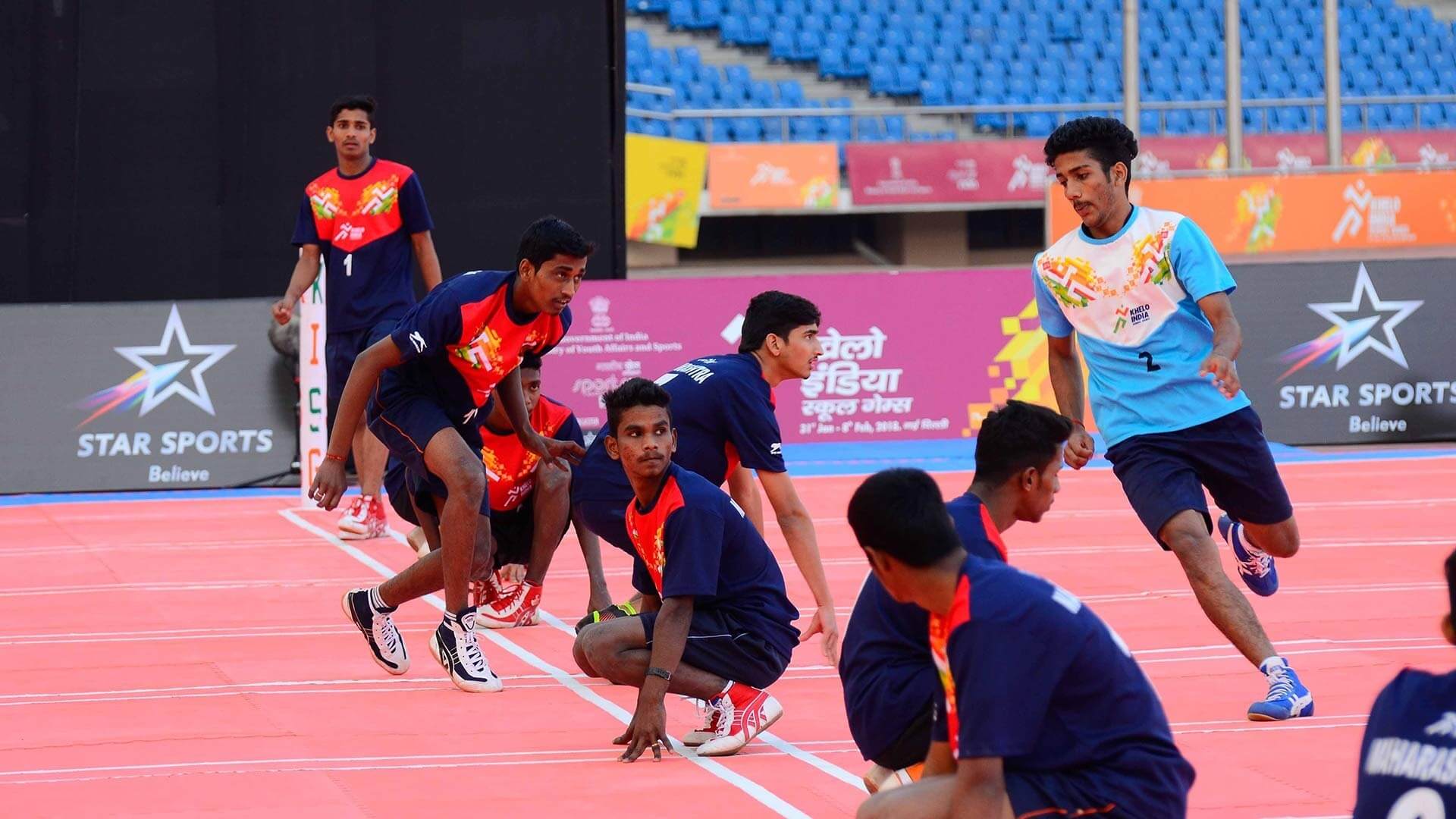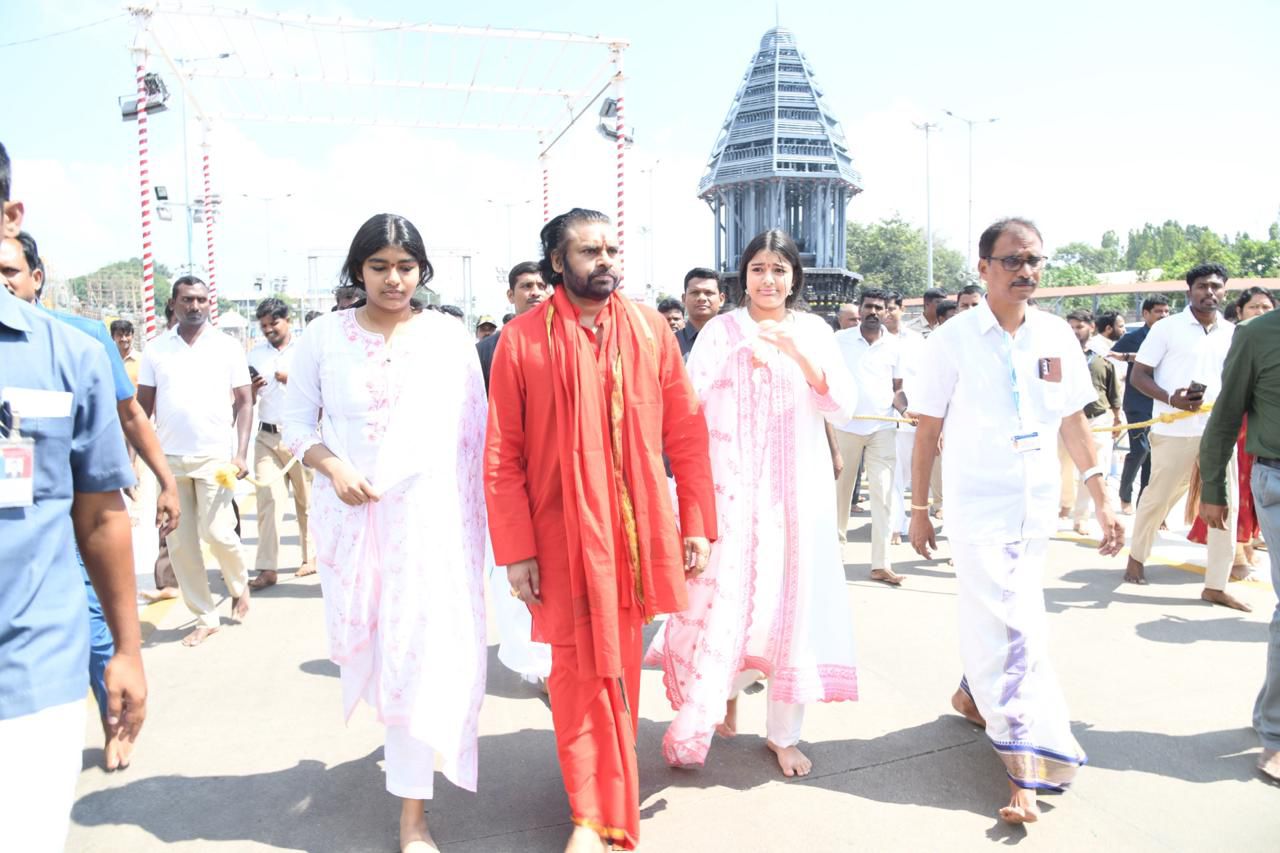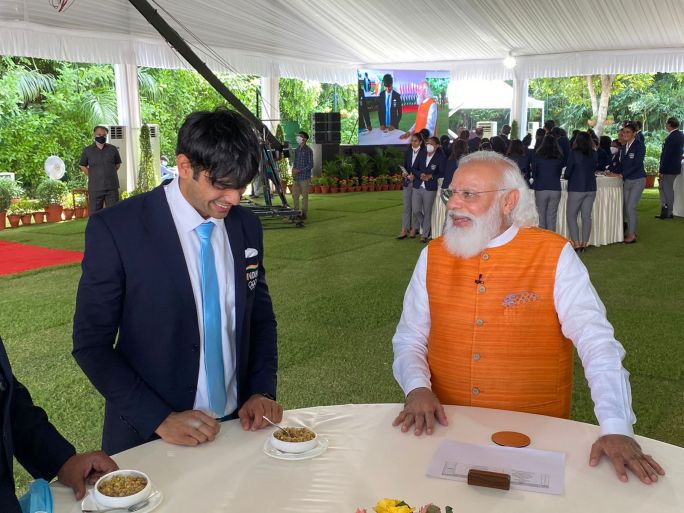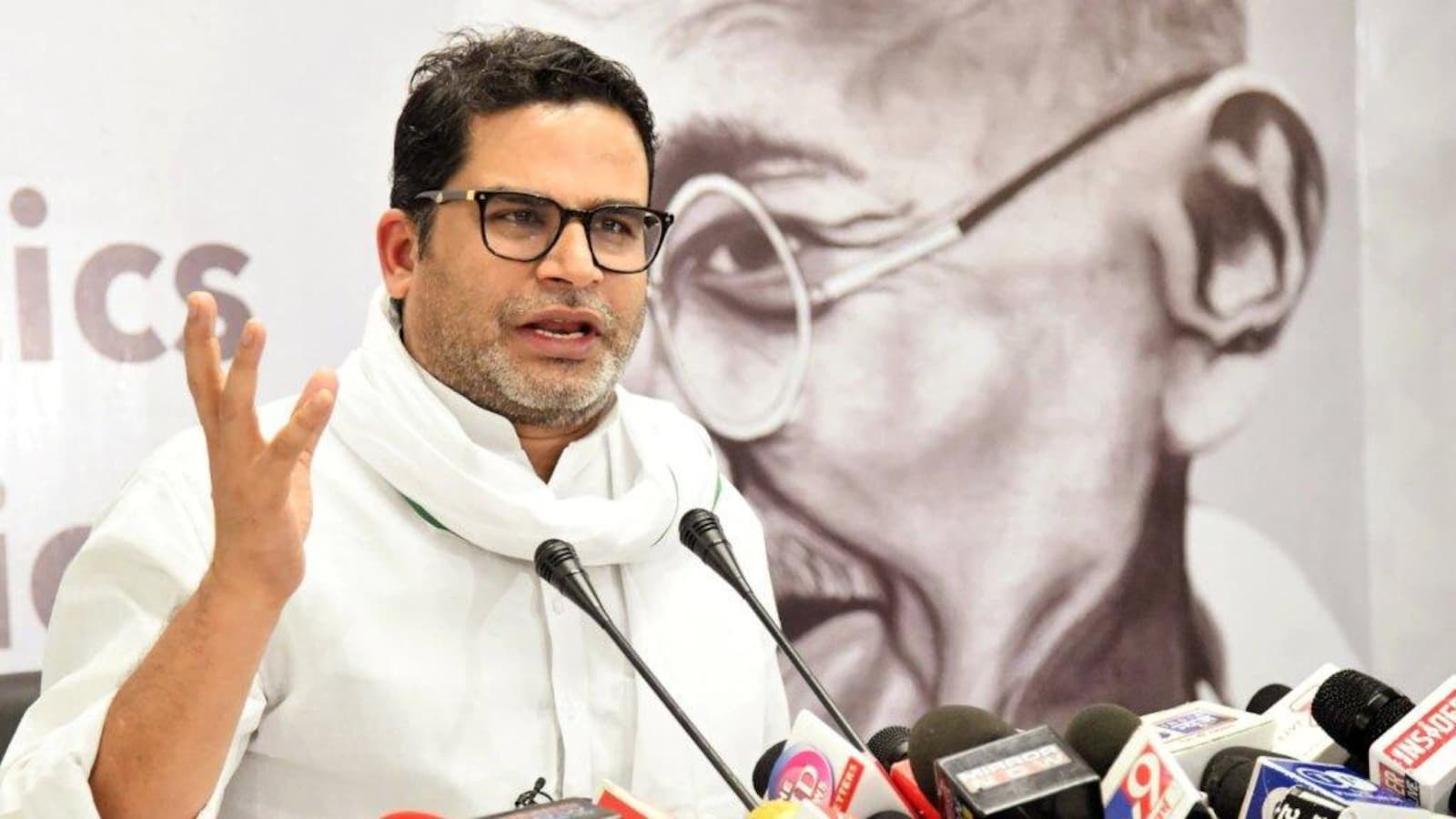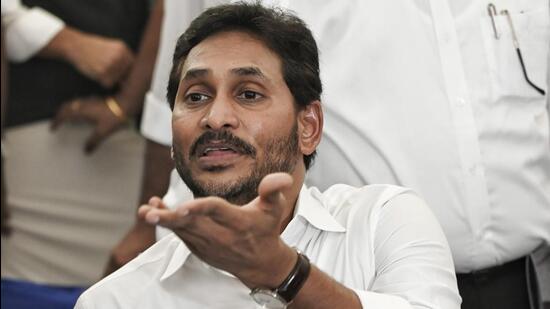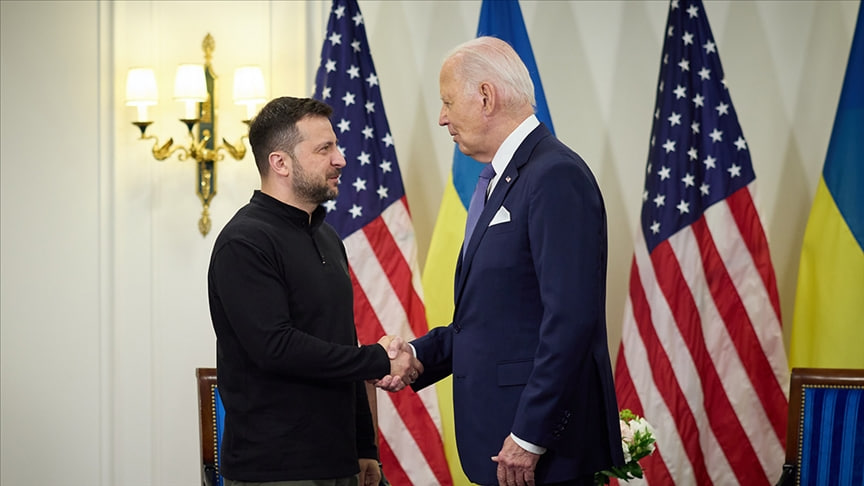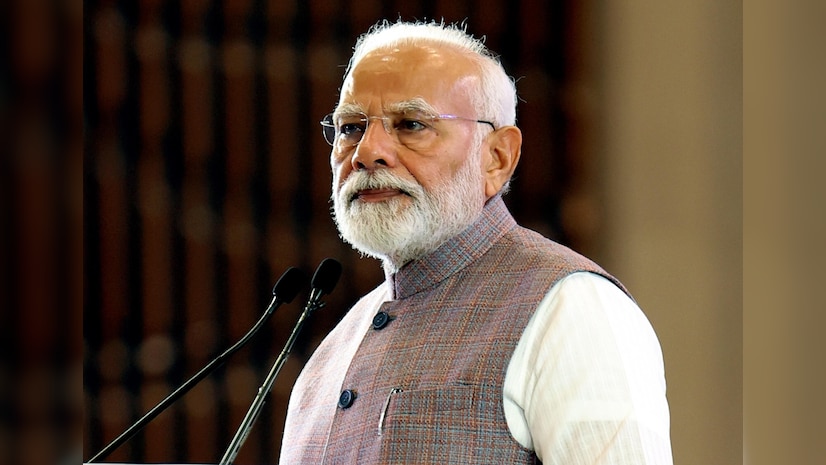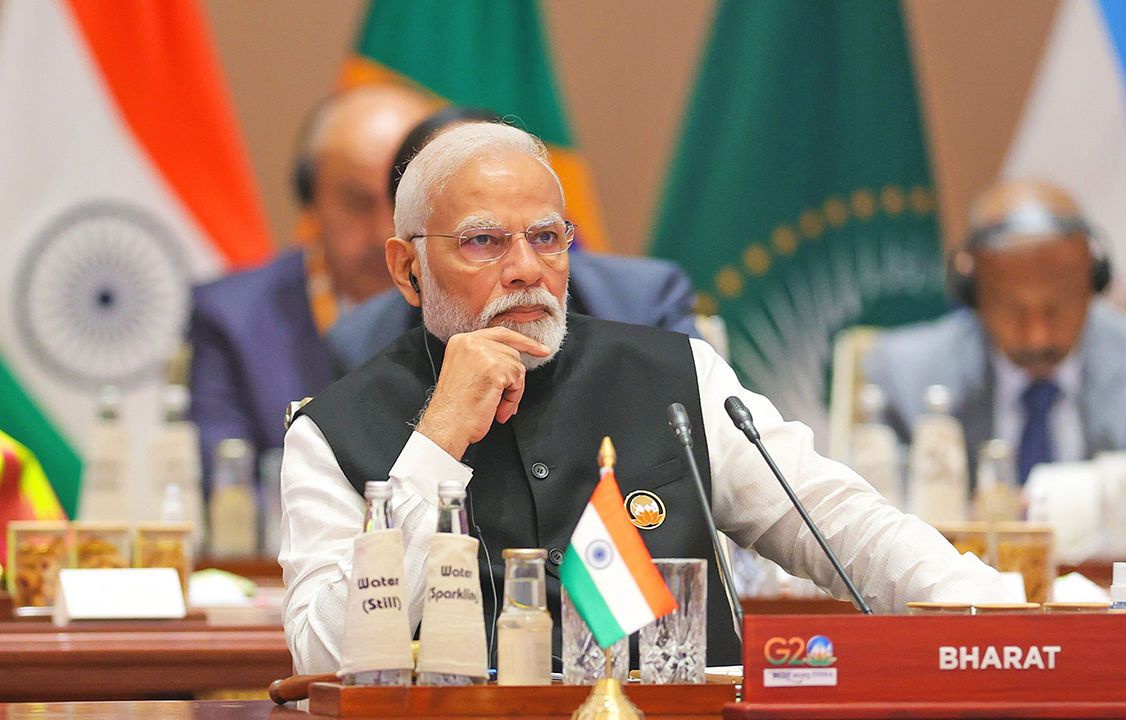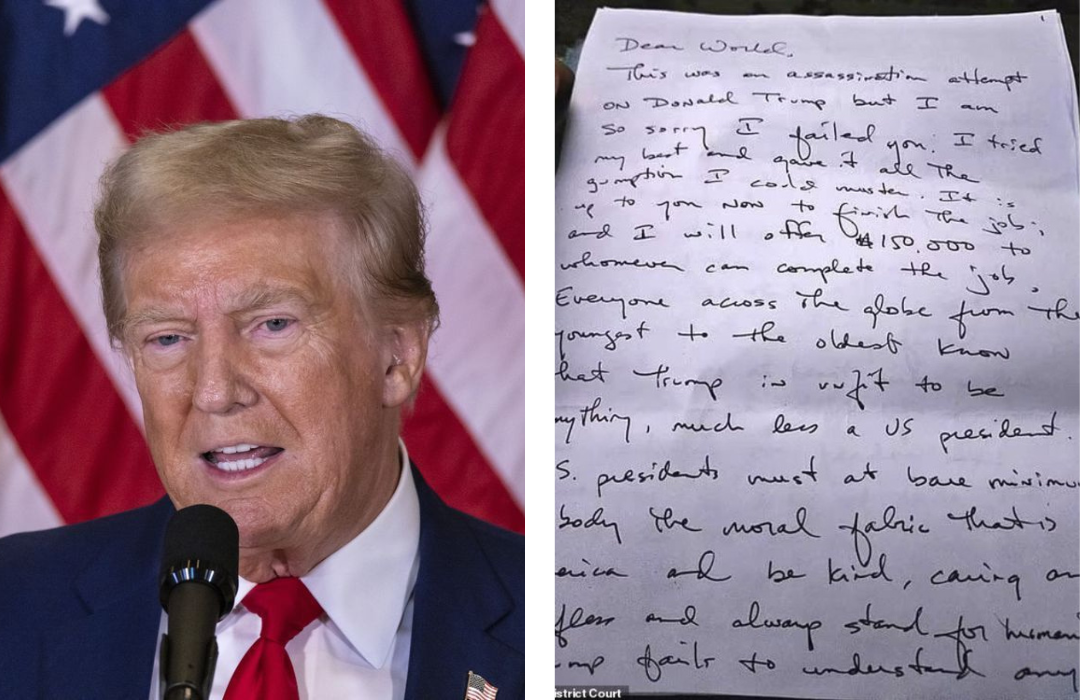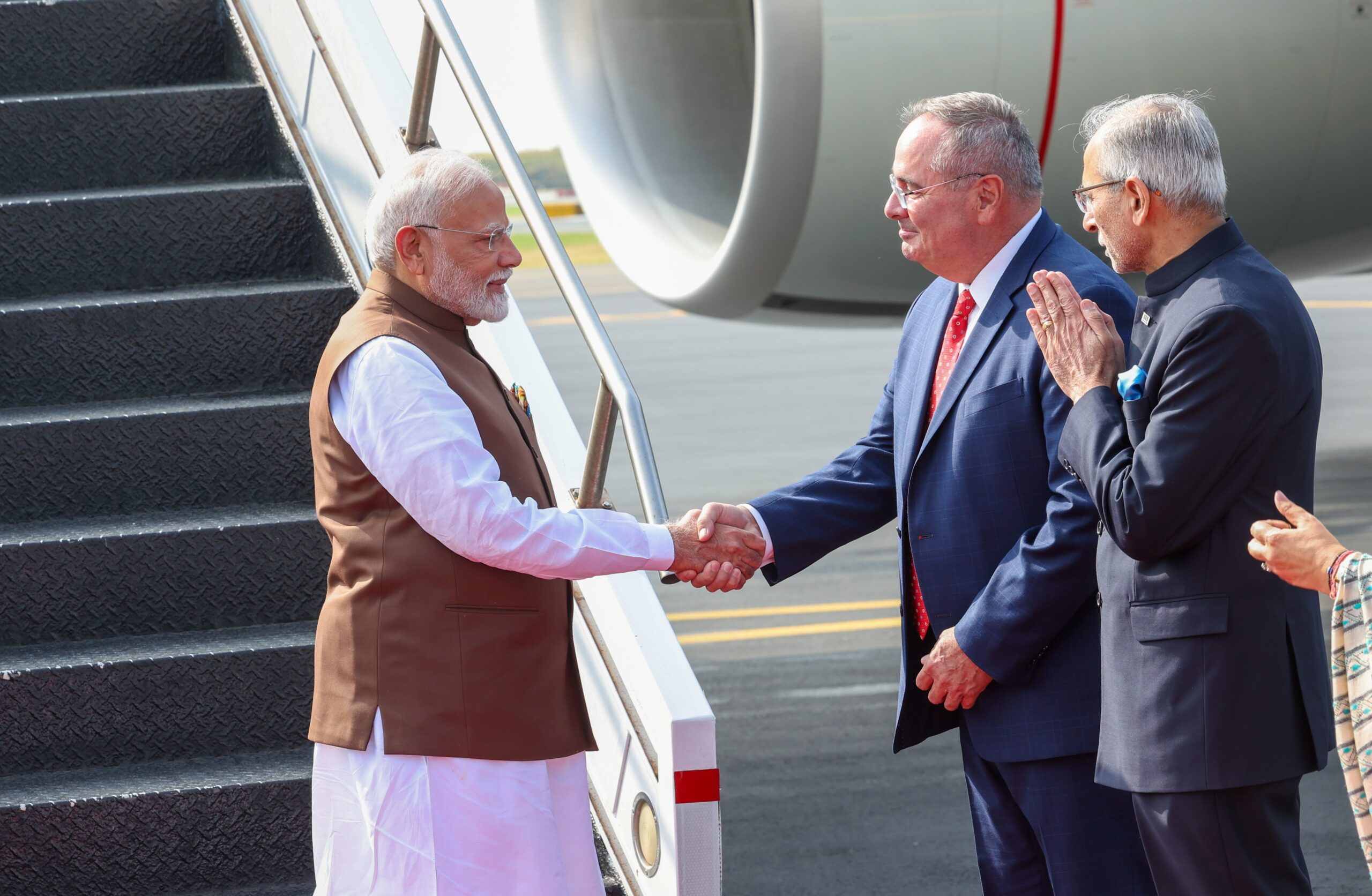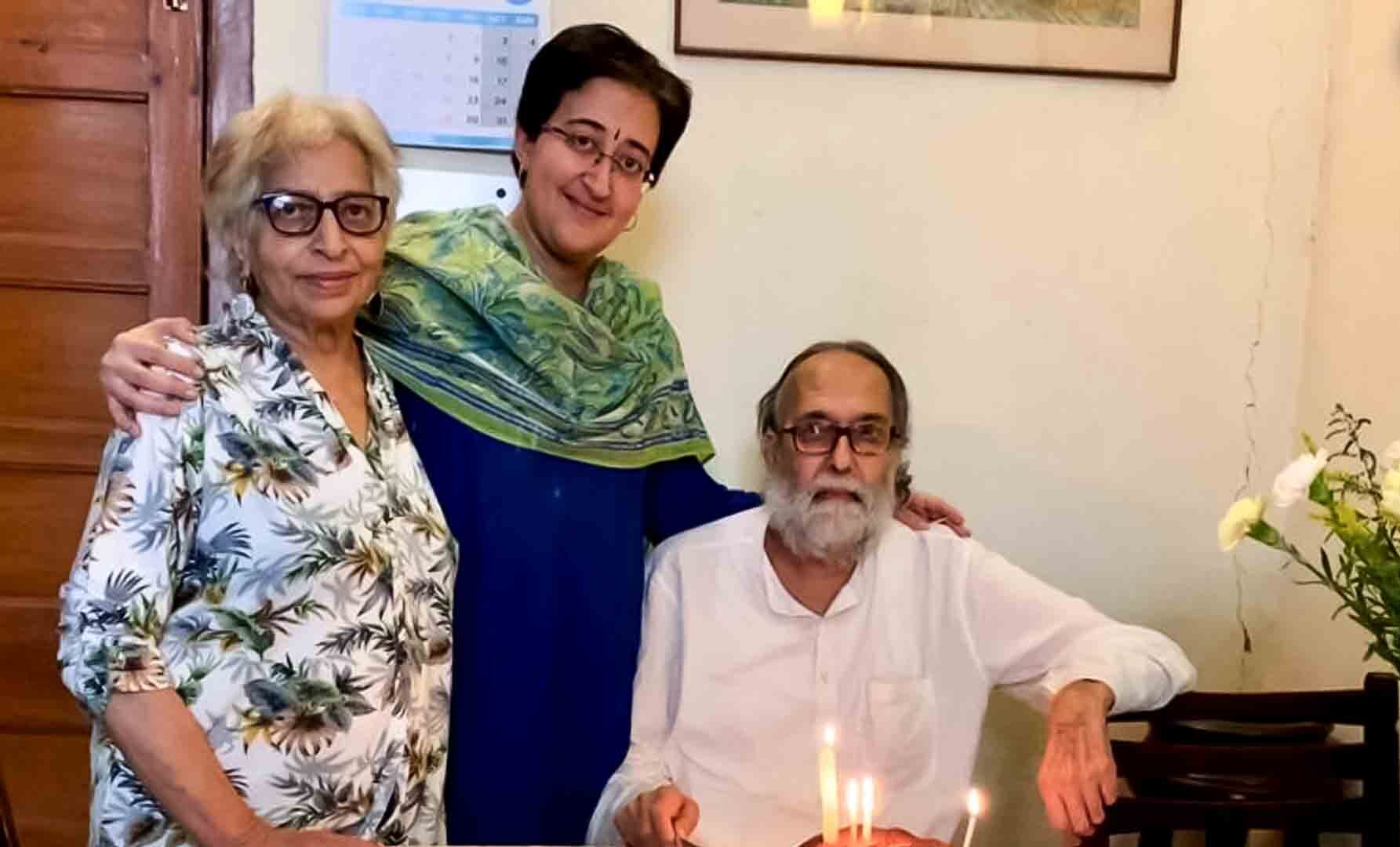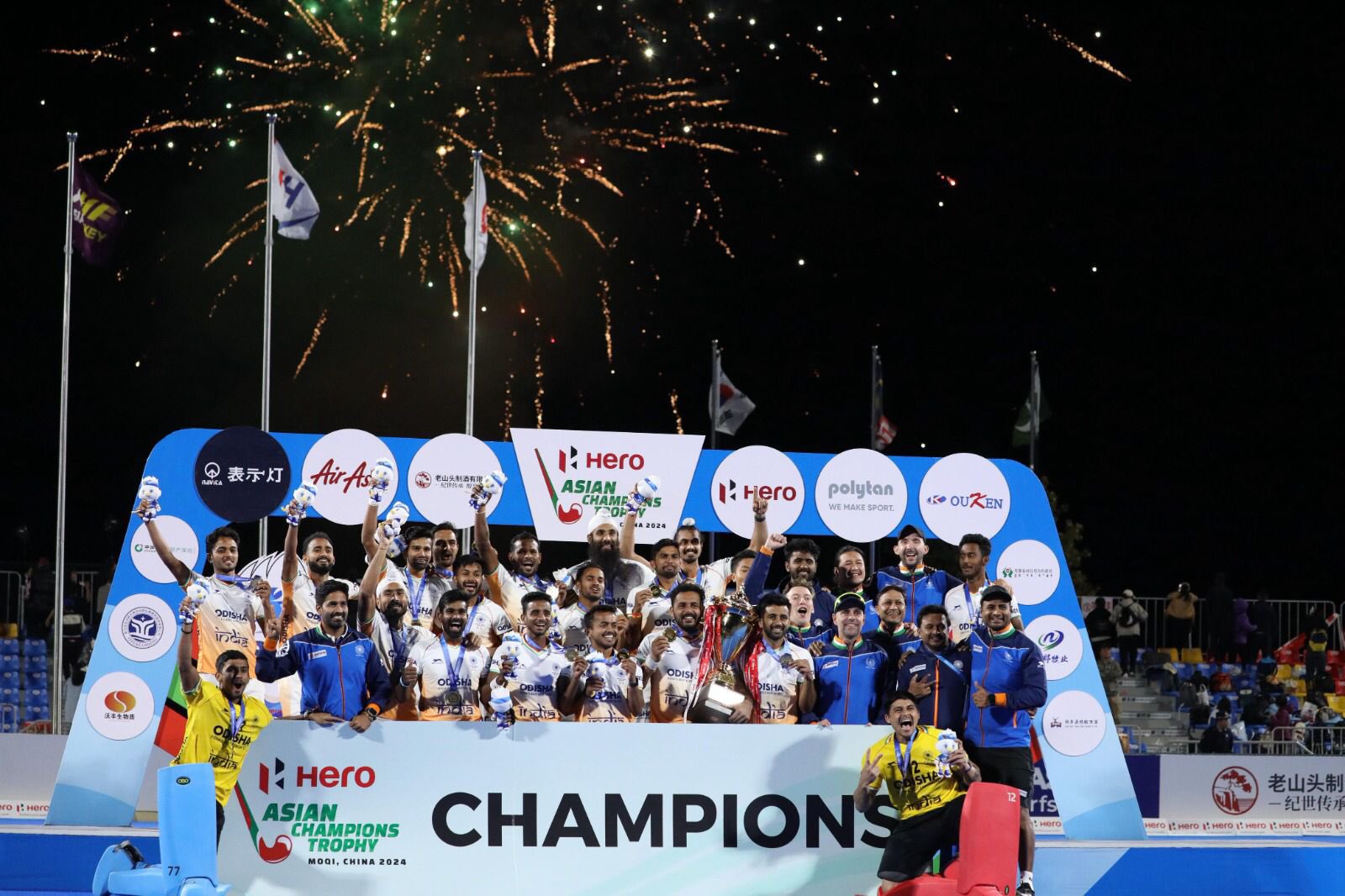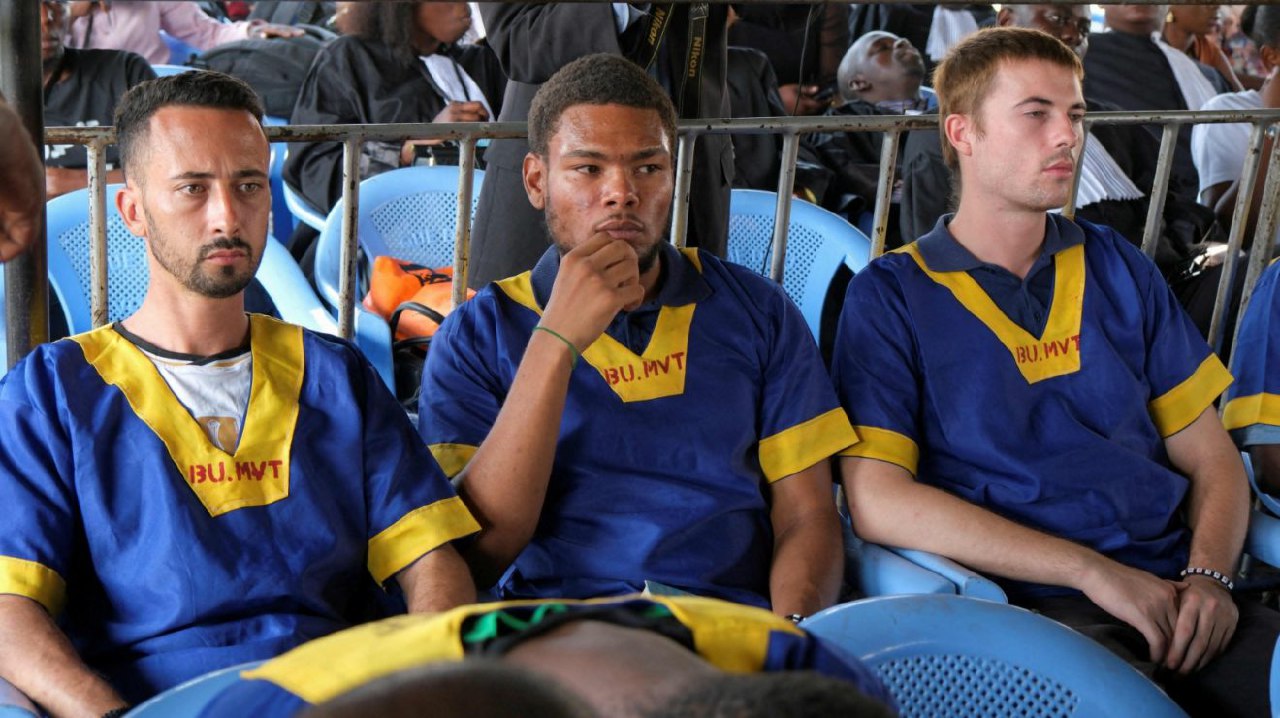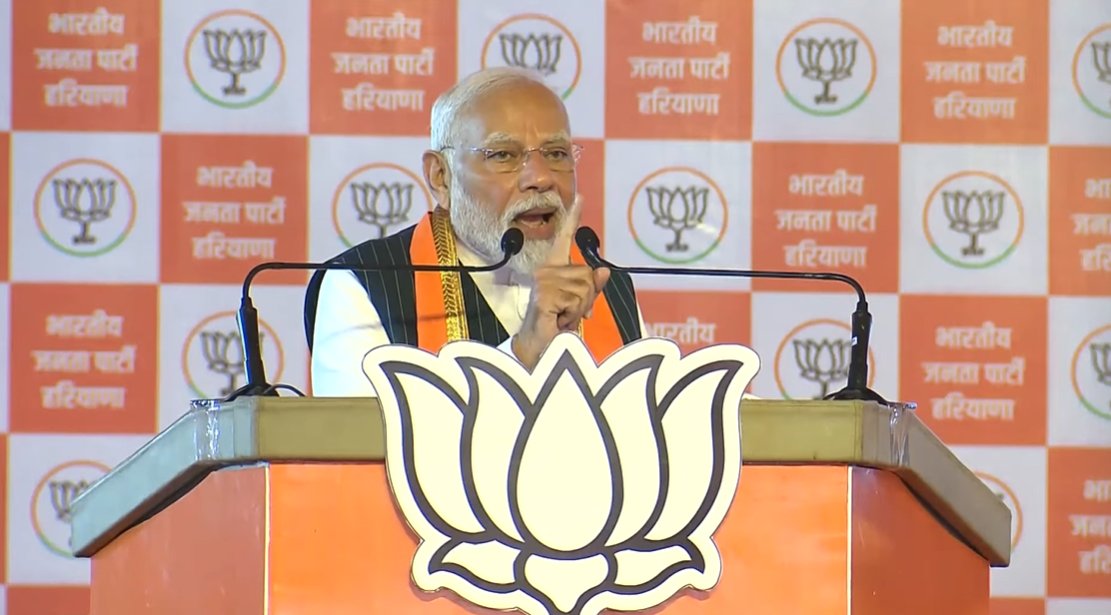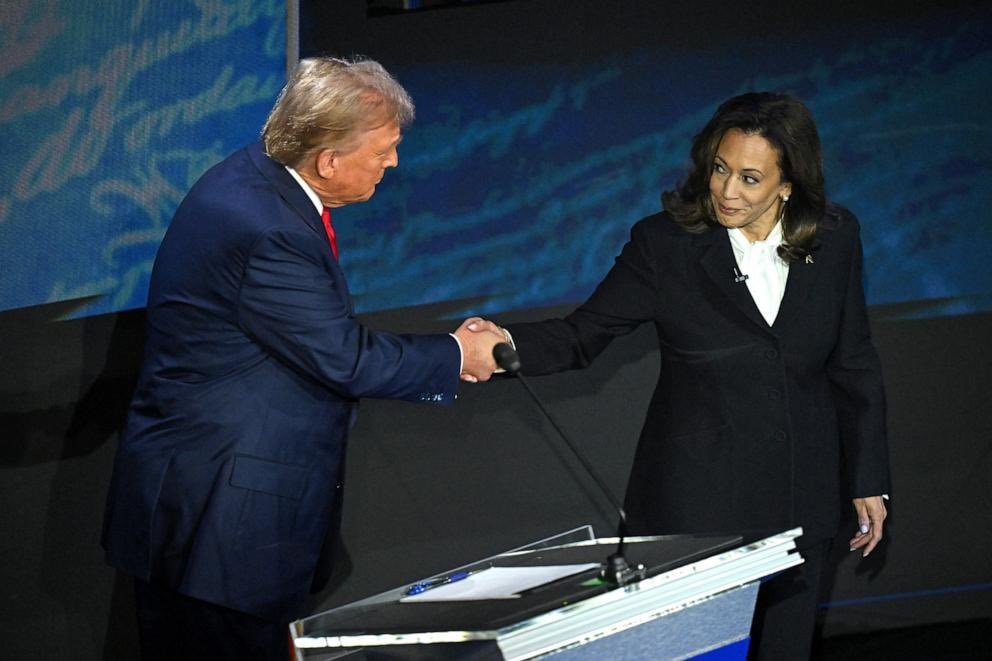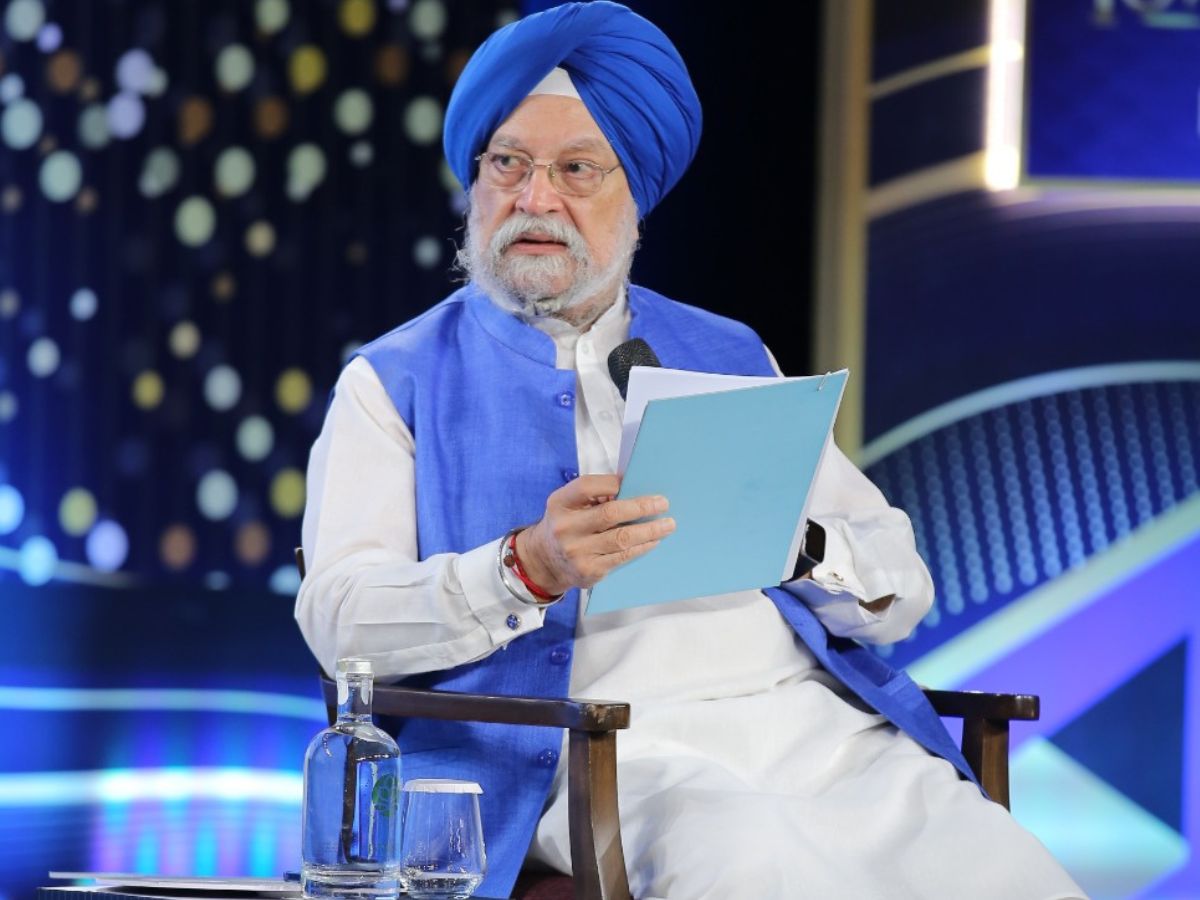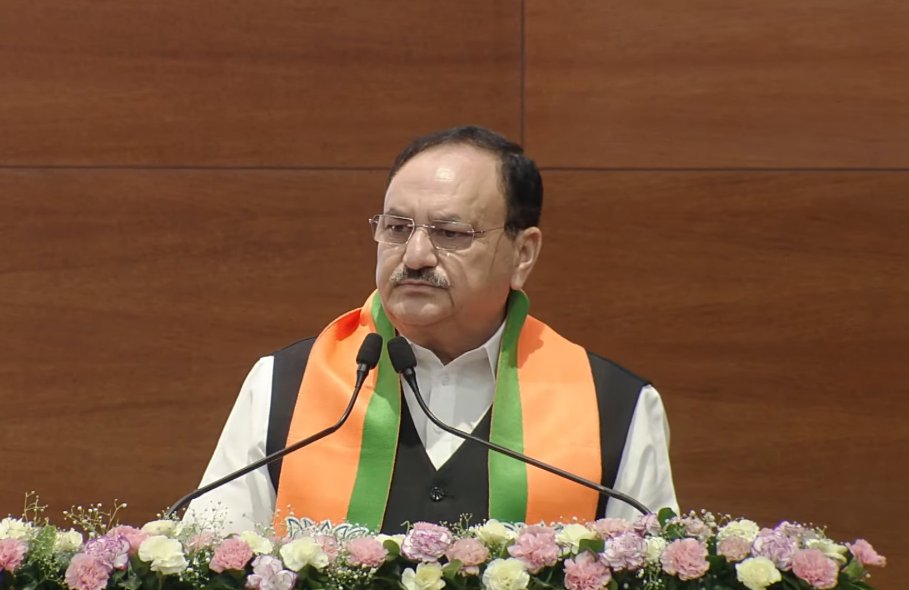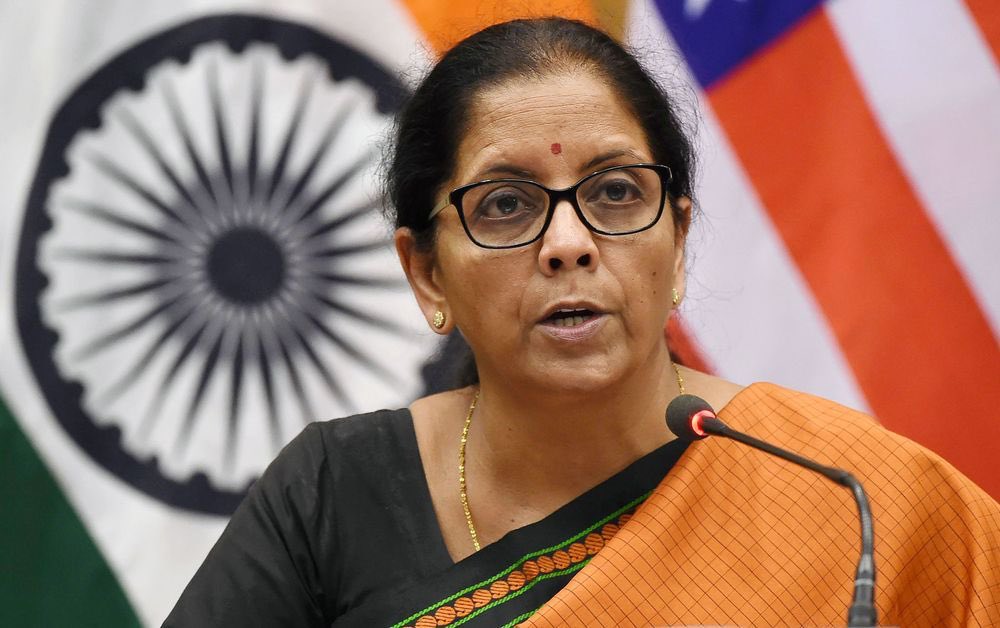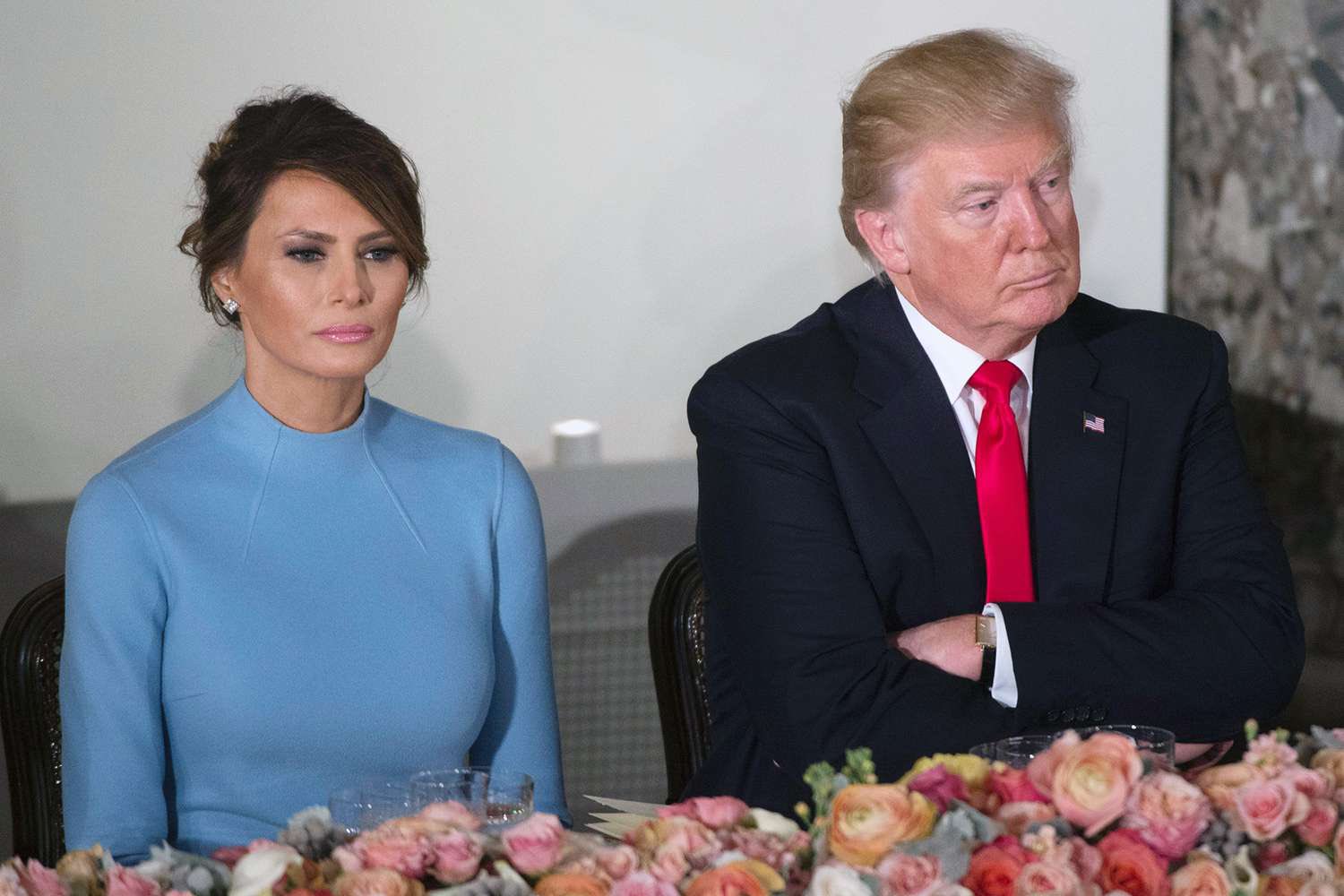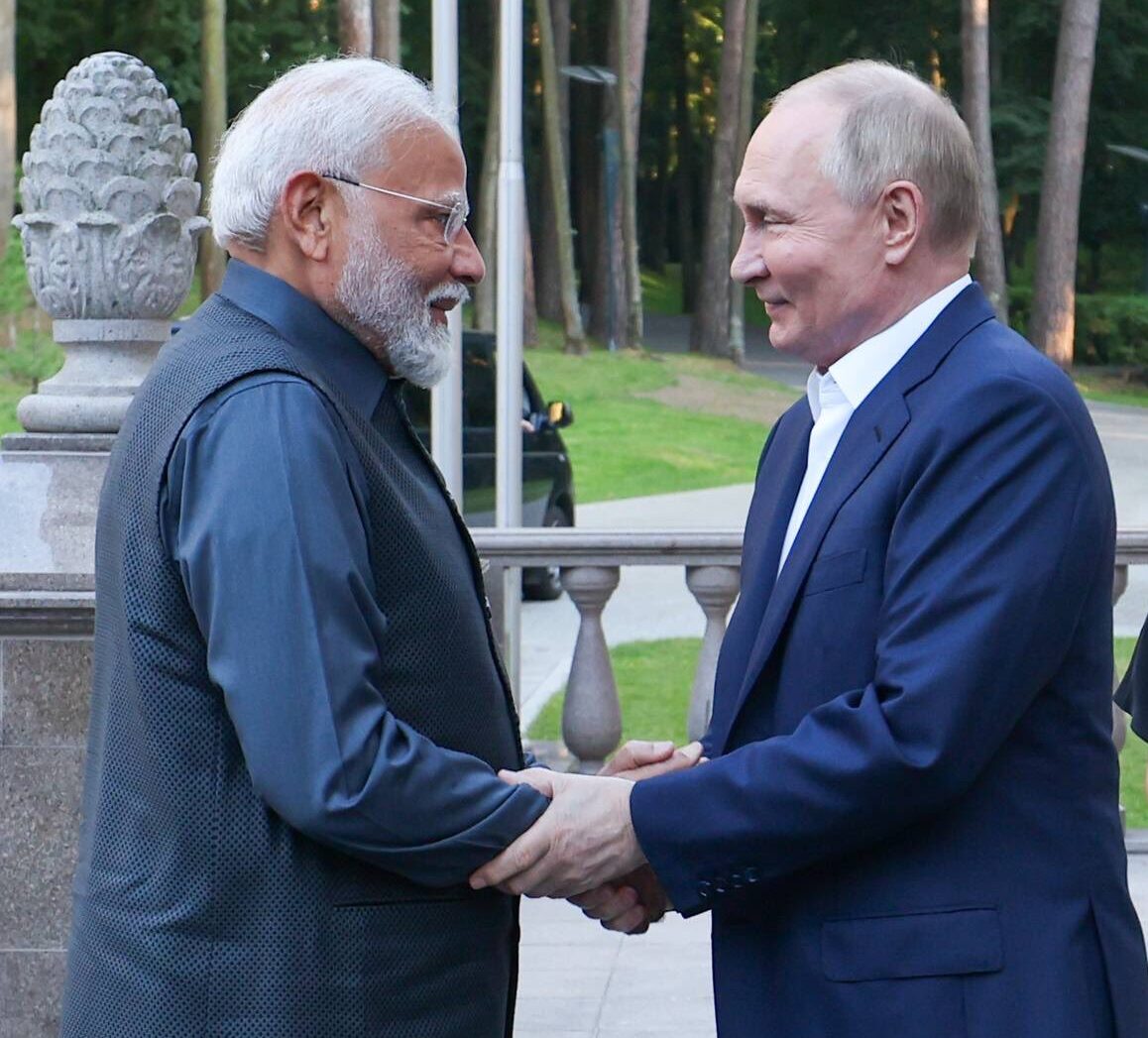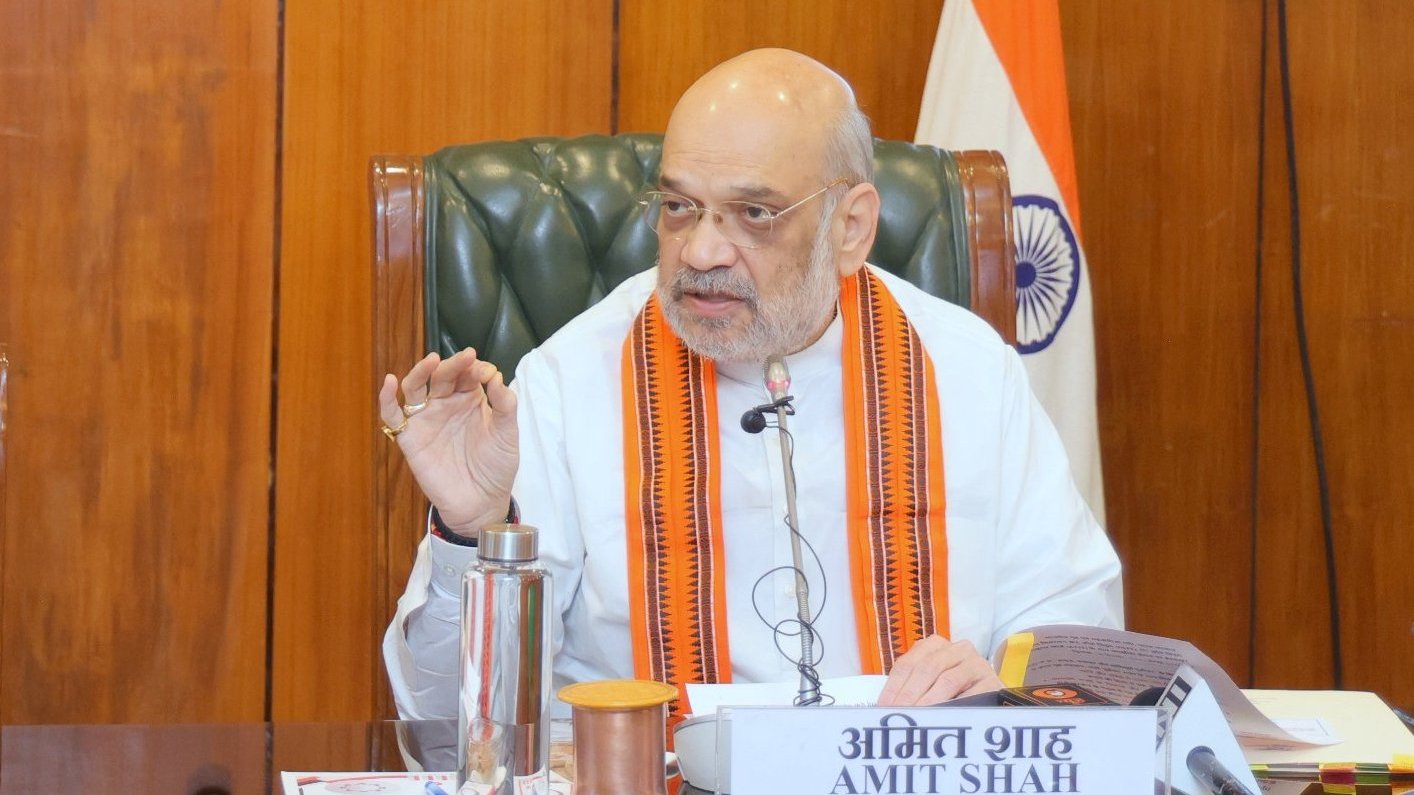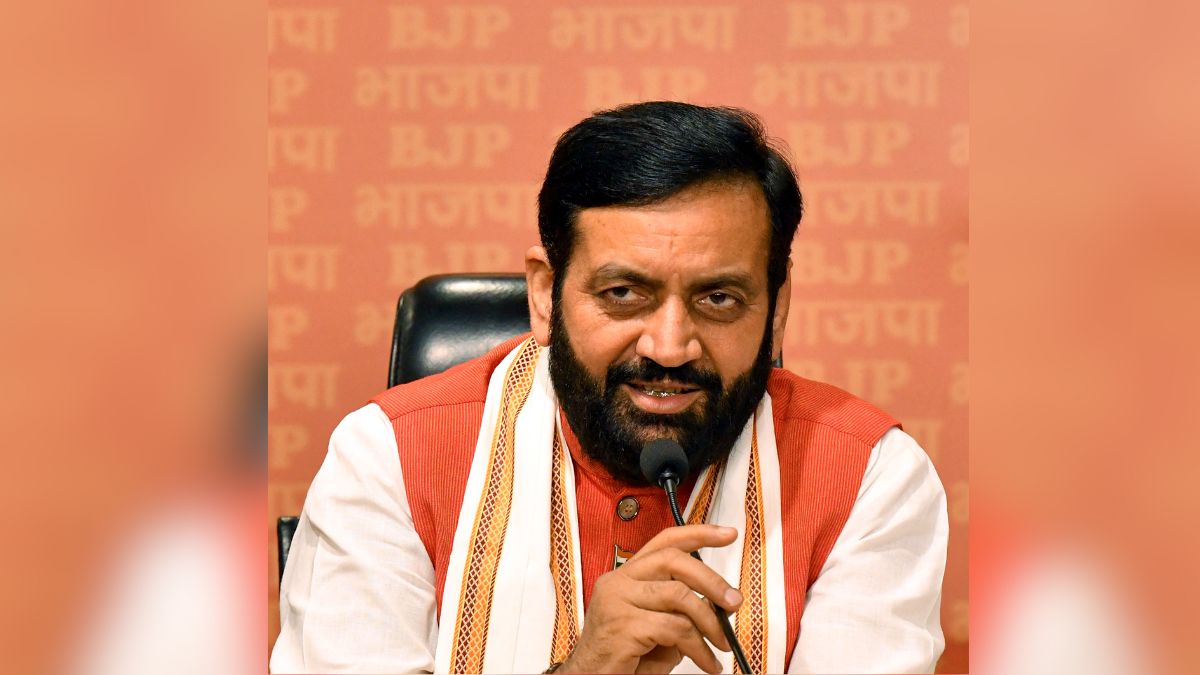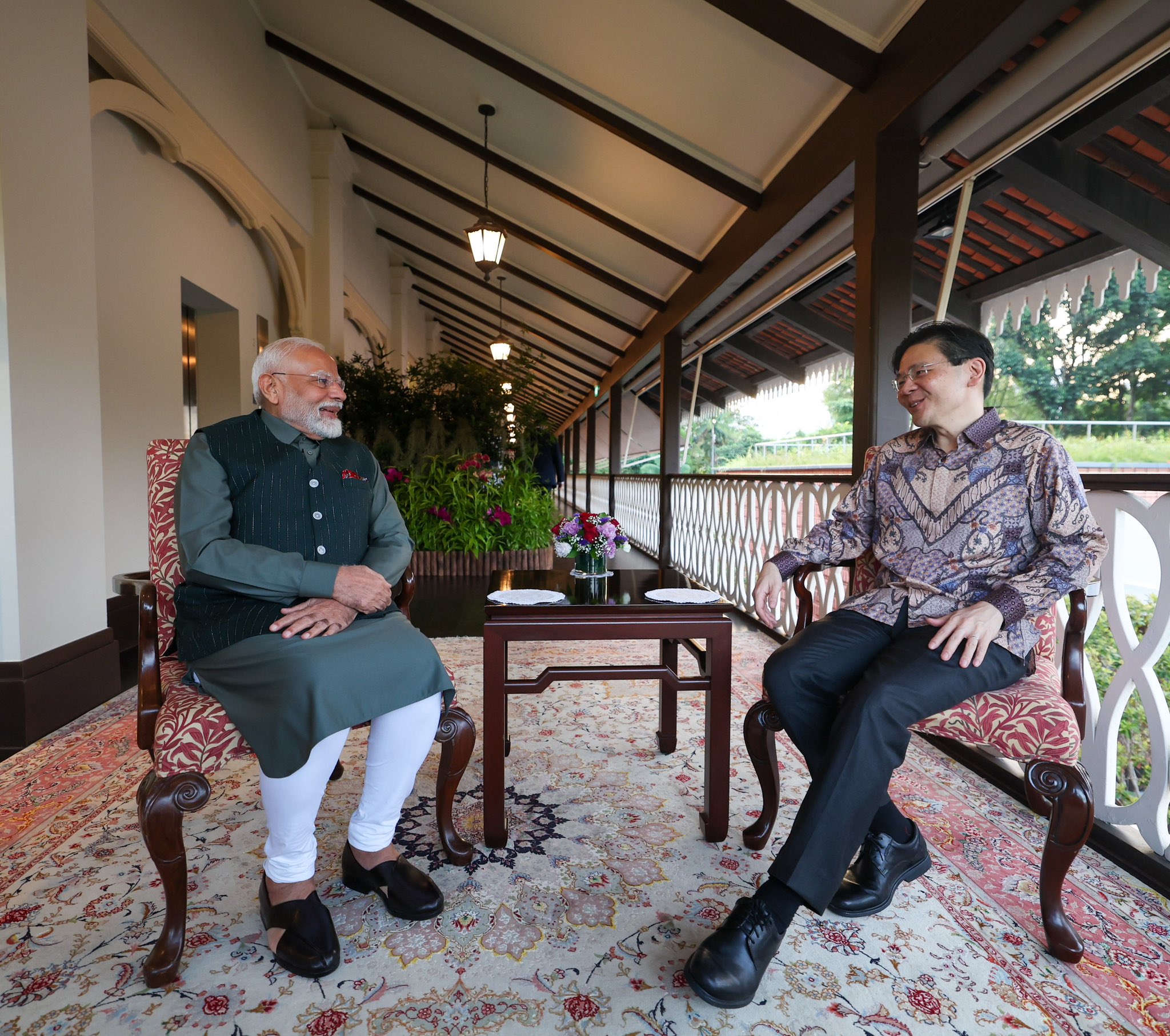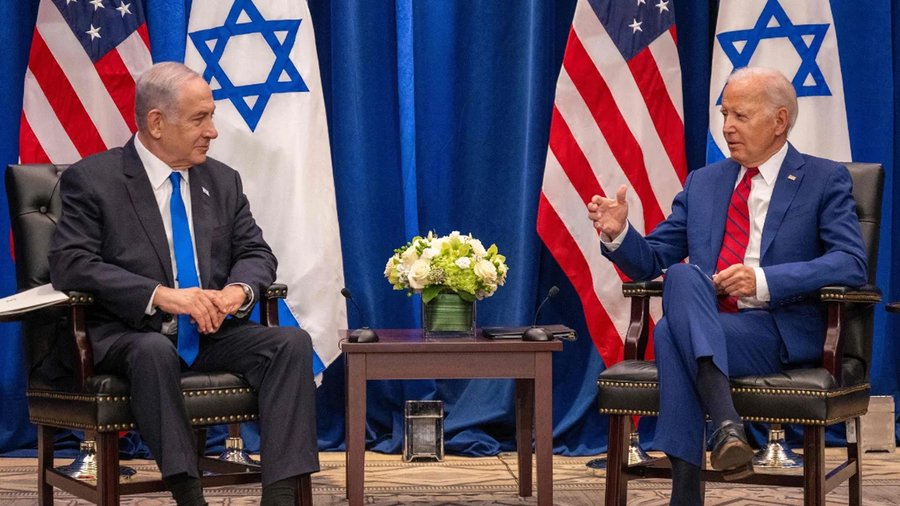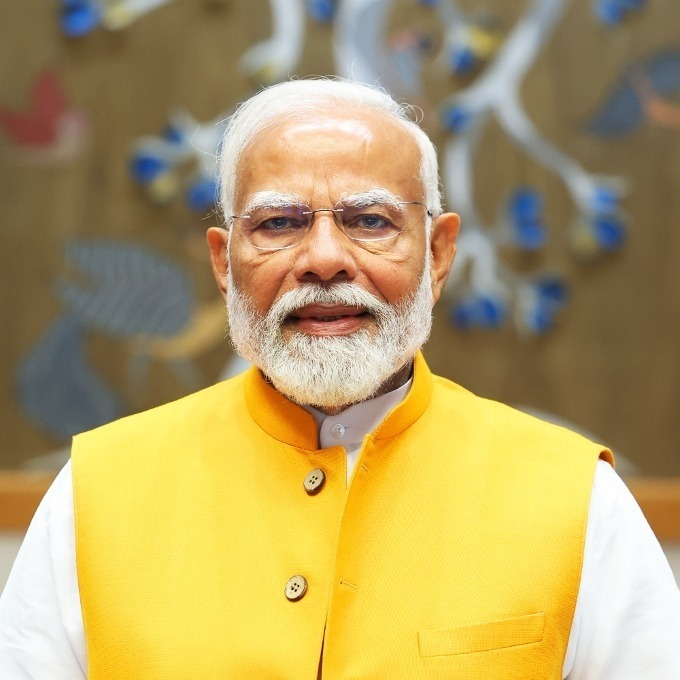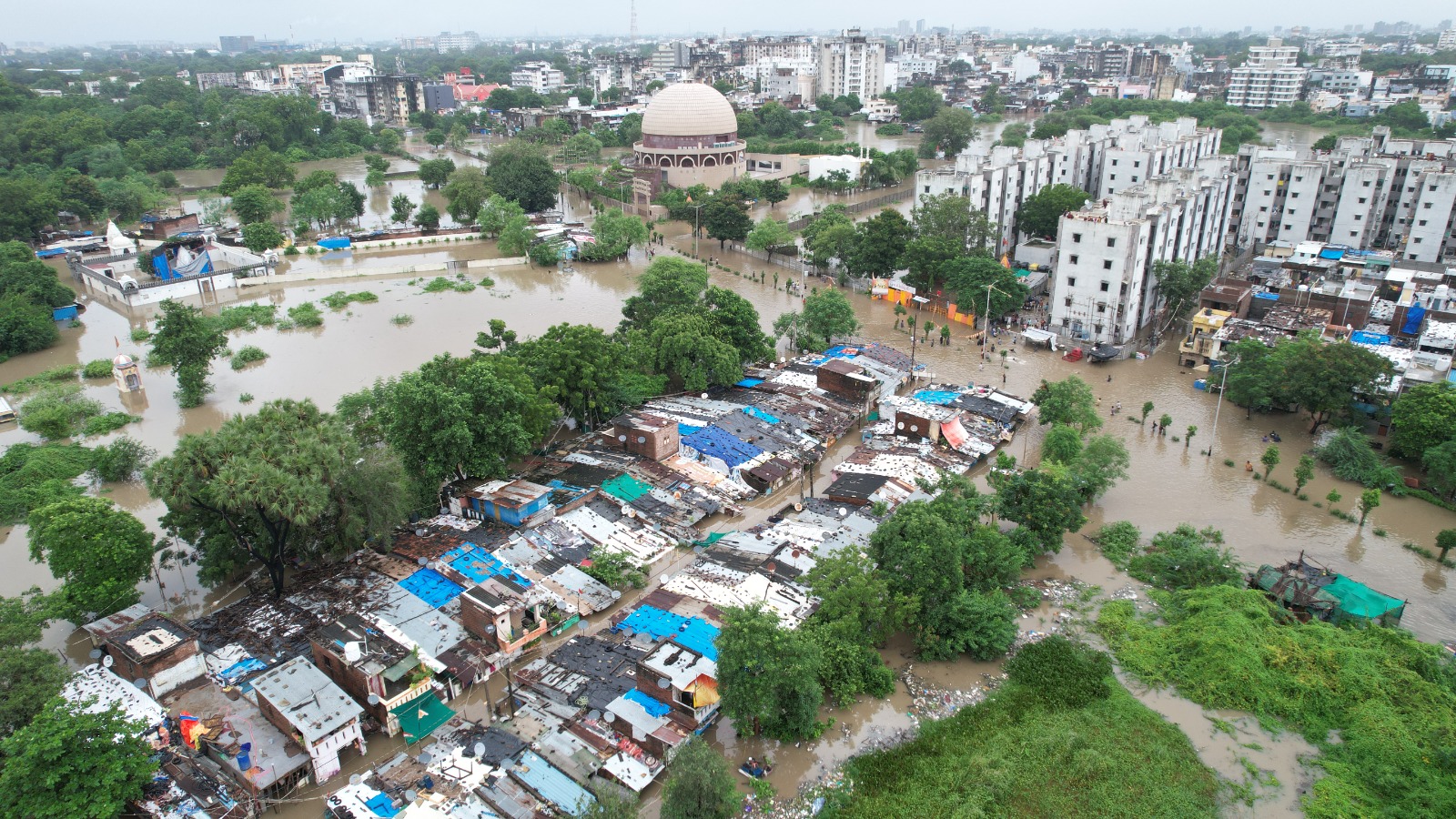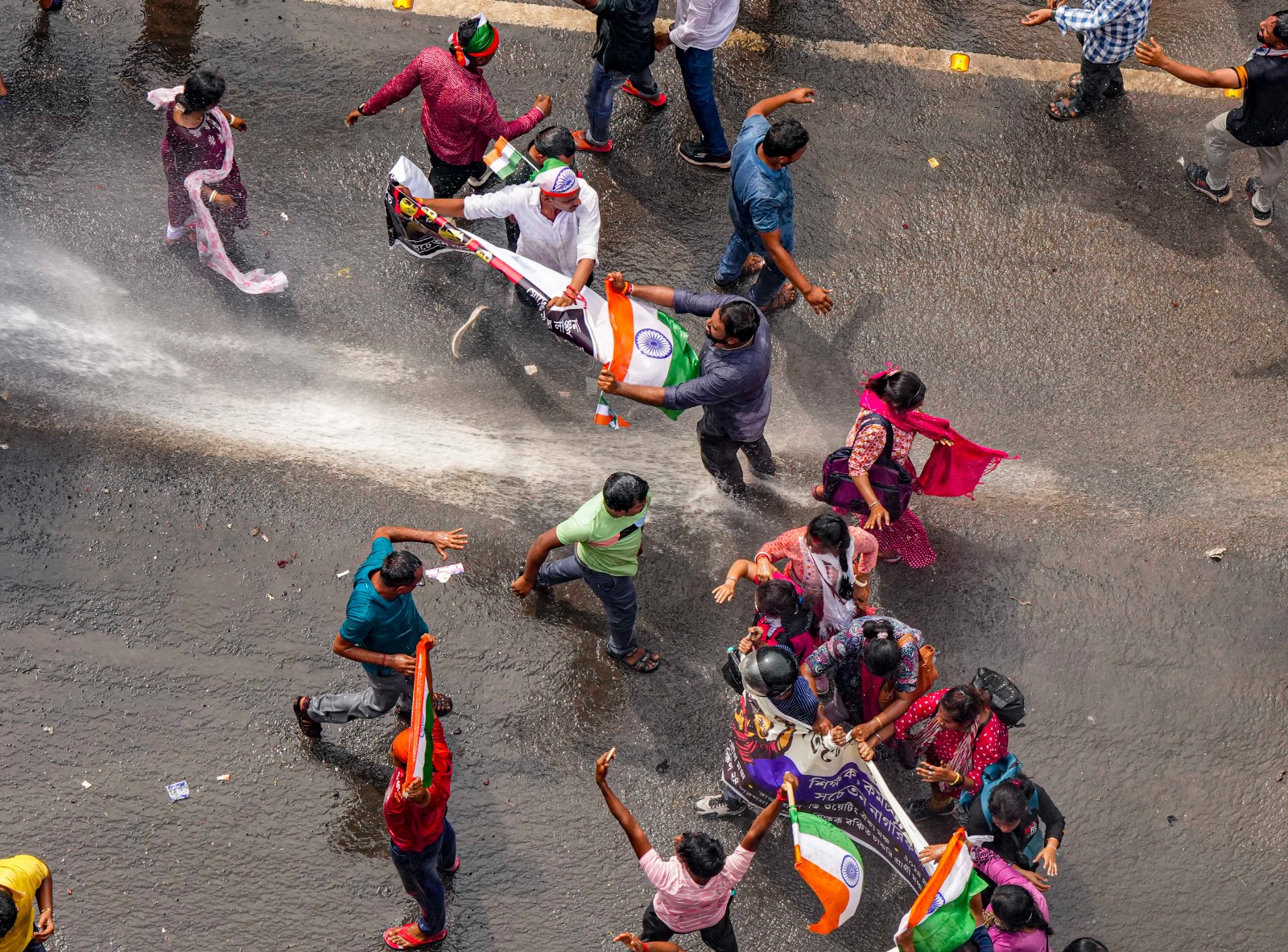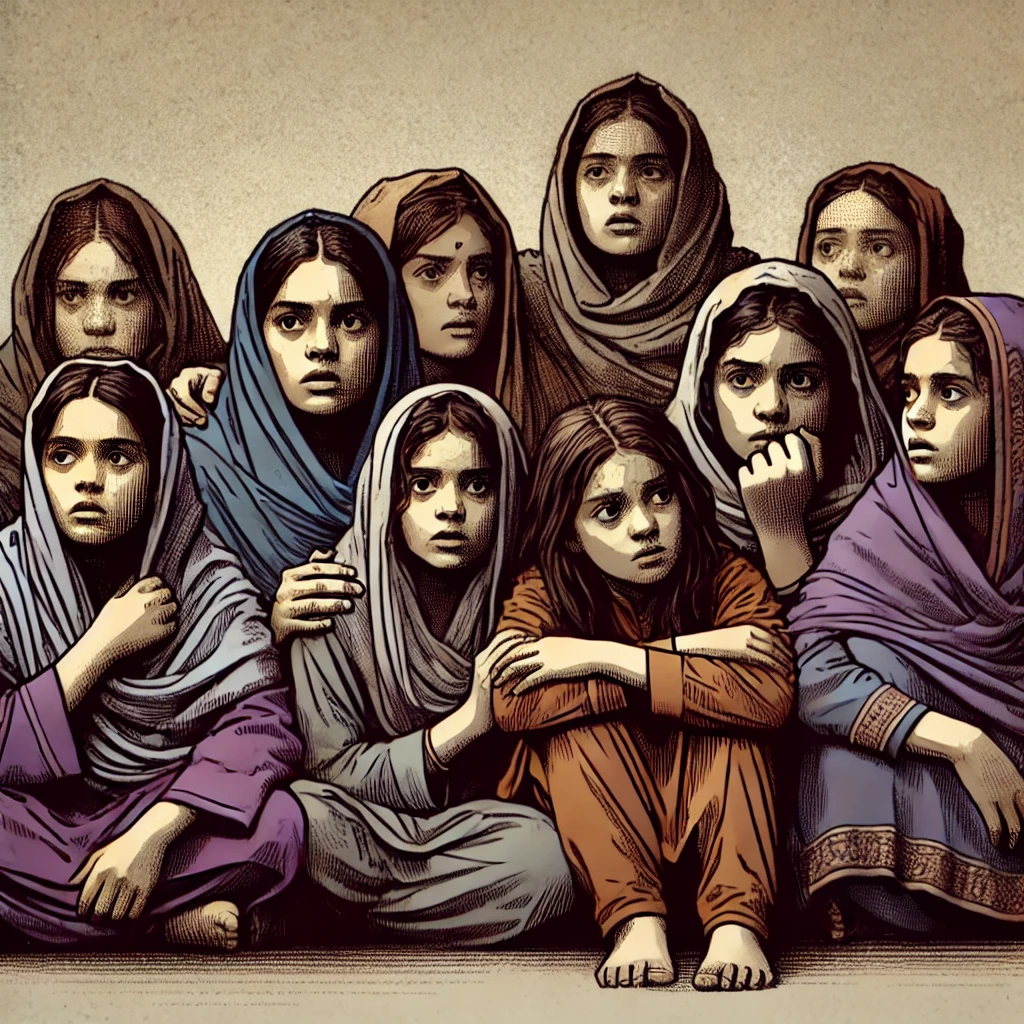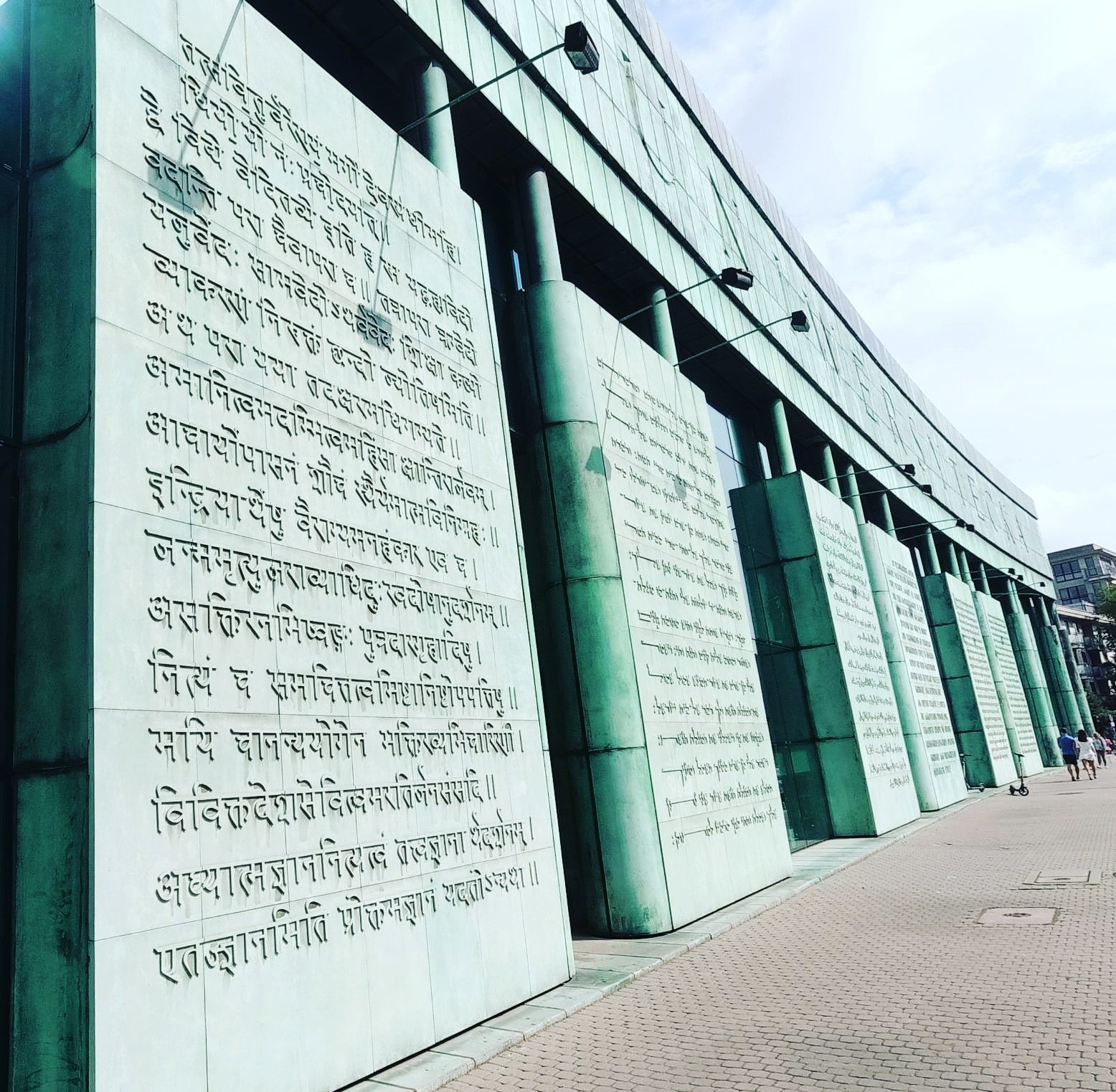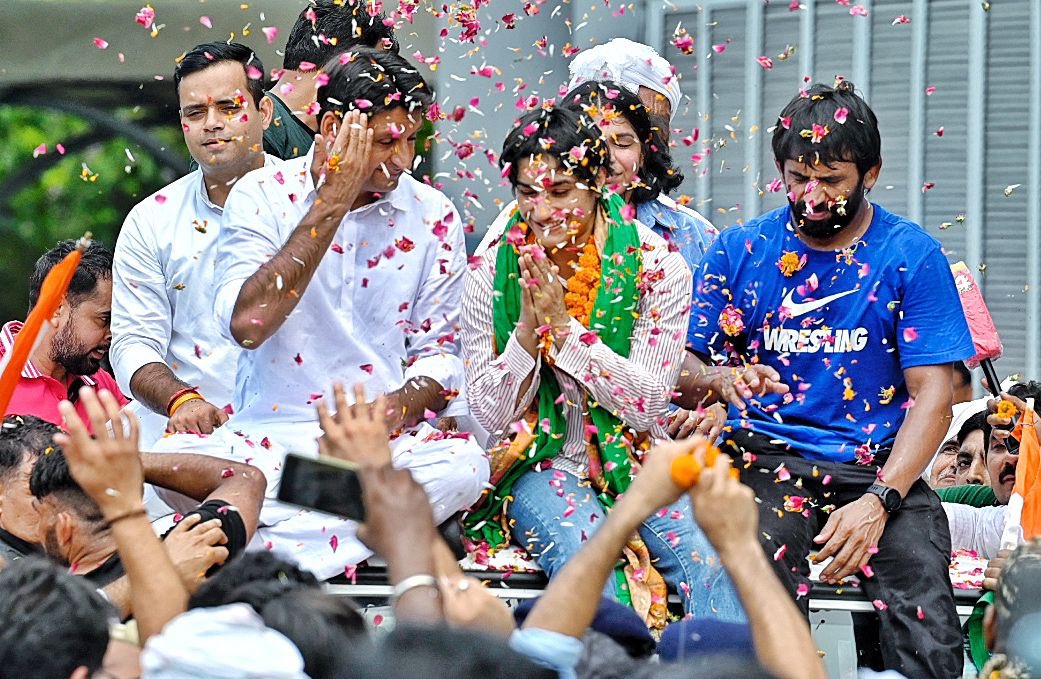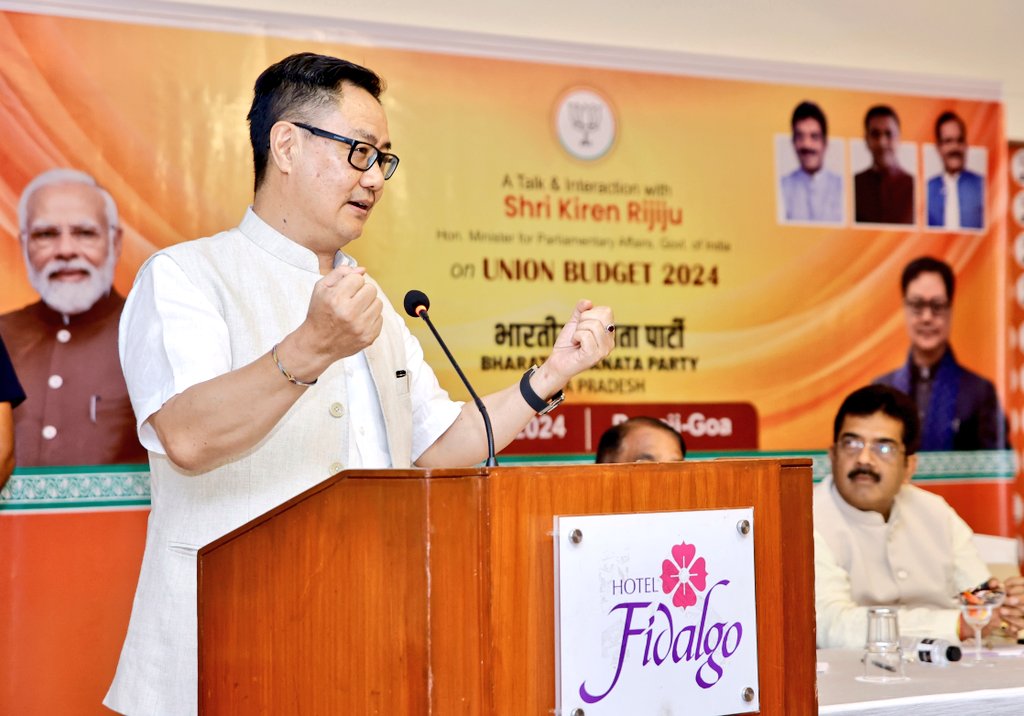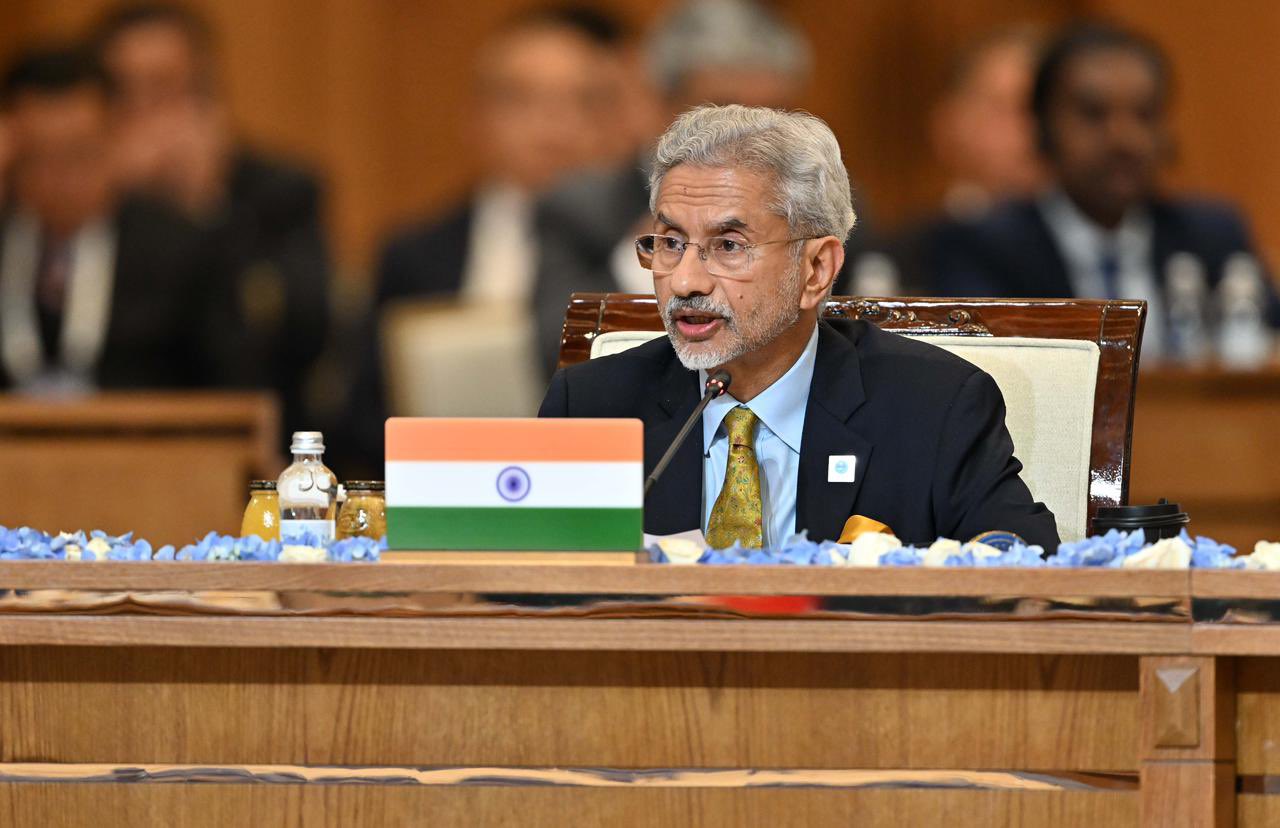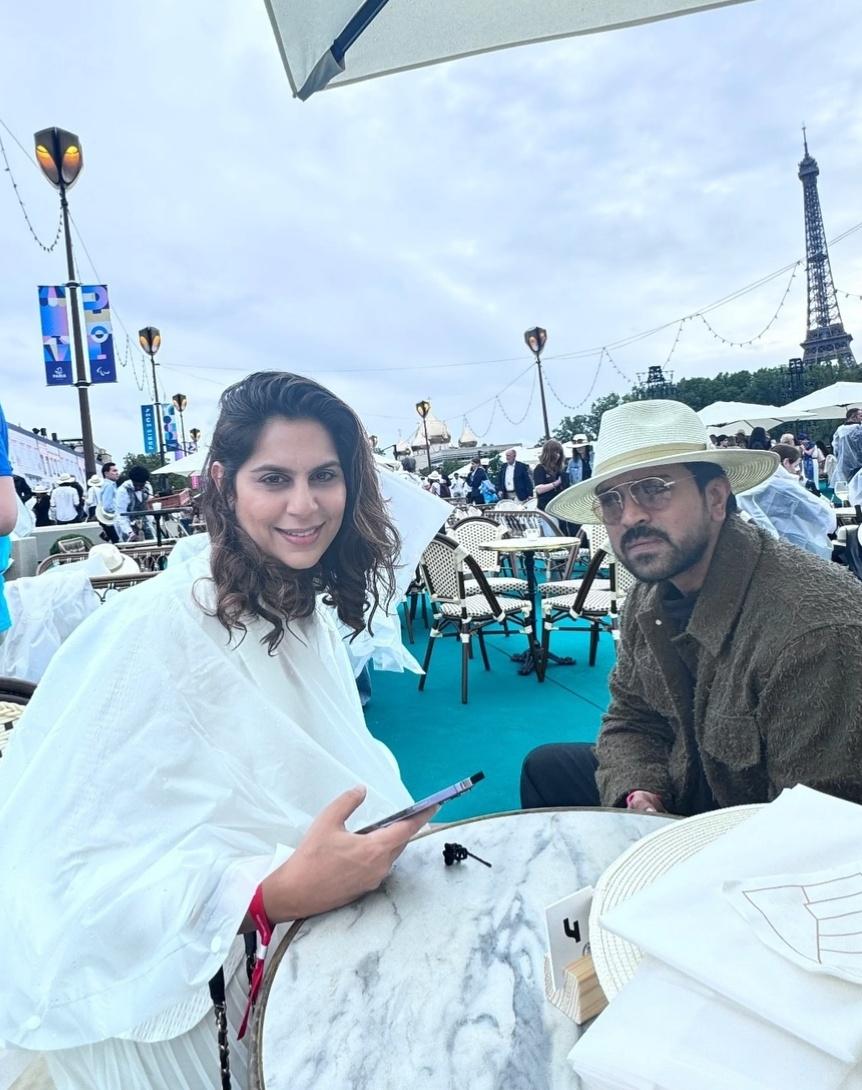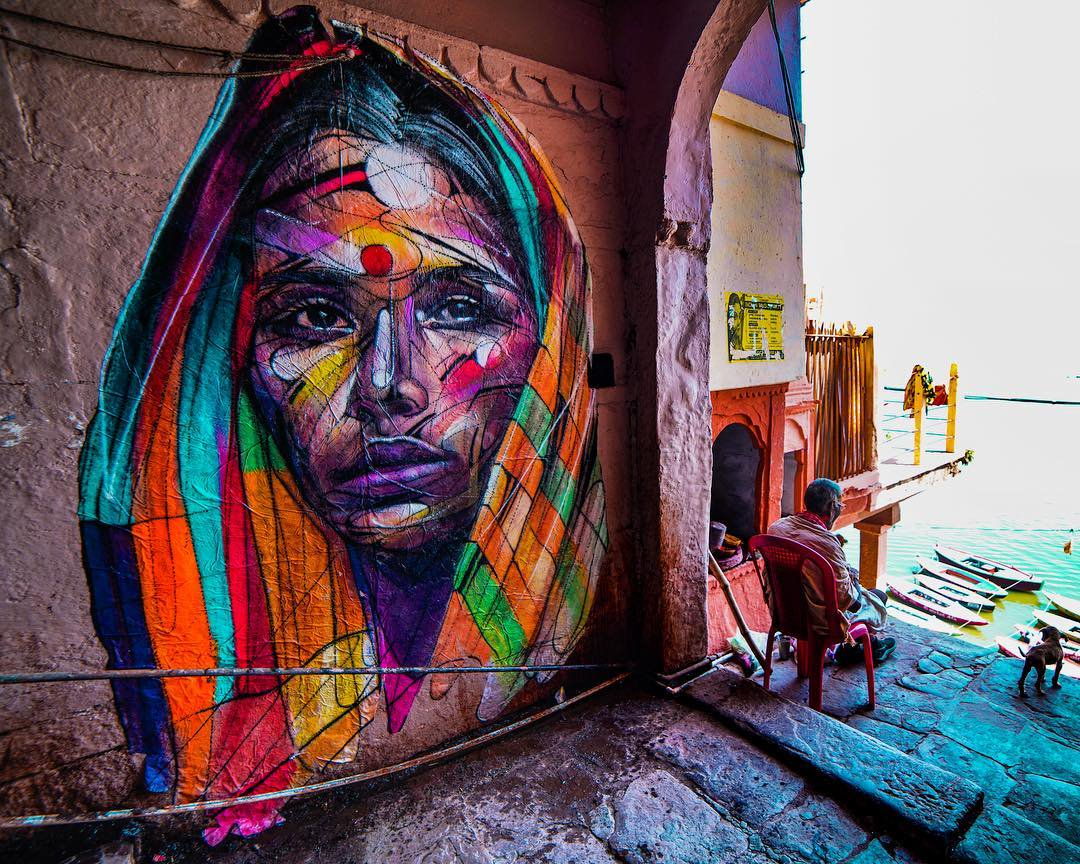Ganesh Chaturthi, a prominent Hindu festival, celebrates the birth of Lord Ganesha, the elephant-headed deity revered as the remover of obstacles and the harbinger of good fortune. Observed with great enthusiasm across India and in various parts of the world, Ganesh Chaturthi falls in the Hindu month of Bhadrapada, which typically corresponds to August or September. This article delves into the significance, customs, and cultural impact of Ganesh Chaturthi, providing a comprehensive overview of this vibrant festival.
Significance of Ganesh Chaturthi
Ganesh Chaturthi marks the birthday of Lord Ganesha, the son of Lord Shiva and Goddess Parvati. According to Hindu mythology, Ganesha was created by Parvati from sandalwood paste and was given the task of guarding her while she bathed. When Shiva attempted to enter, Ganesha stopped him, resulting in a confrontation. In his anger, Shiva beheaded Ganesha, only to later restore him to life with the head of an elephant, a gesture symbolizing the blending of material and spiritual realms.
Ganesha is revered as the deity who removes obstacles (Vighnaharta) and brings prosperity (Vigneshwara). Devotees believe that worshipping Ganesha during this festival will help in overcoming challenges, ensuring success in their endeavors, and bringing good fortune.
Preparations and Decorations
The preparation for Ganesh Chaturthi begins weeks in advance. Homes and public spaces are adorned with vibrant decorations, including colorful streamers, flowers, and lights. Artists create elaborate clay idols of Lord Ganesha, ranging from small, household-sized statues to massive, intricately designed ones for public displays.
Local communities often organize Ganesh Chaturthi celebrations with large pandals (temporary structures) where grand idols of Ganesha are installed. These pandals are decorated with themes that vary each year, reflecting the creativity and cultural richness of the community. The grandeur of these installations often attracts visitors from various regions.
Rituals and Customs
**1. Installation of Idols: The festival begins with the installation of Ganesha idols. Devotees place the idol in their homes or in public spaces, where it is the centerpiece of the festivities. This ritual is accompanied by a prayer and the singing of devotional songs.
**2. Daily Worship: Throughout the festival, devotees perform daily rituals that include offering flowers, sweets, and other offerings to the idol. Prayers and hymns dedicated to Lord Ganesha are recited, and special rituals are performed to honor the deity.
**3. Cultural Programs: Ganesh Chaturthi is also marked by cultural events, including music and dance performances, drama, and traditional storytelling. These programs highlight various aspects of Indian culture and are an essential part of the celebration.
**4. Modak Offerings: Modaks, a sweet made from rice flour and jaggery, are considered Lord Ganesha’s favorite delicacy. Devotees prepare and offer modaks as a part of the ritual, symbolizing their devotion and love for the deity.
**5. Visarjan (Immersion): The festival concludes with Visarjan, the immersion of the Ganesha idol in water. This ritual symbolizes the cycle of birth and rebirth and the return of Ganesha to his celestial abode. The immersion is accompanied by festive processions, music, and dance, creating a lively atmosphere.
Environmental Considerations
In recent years, there has been growing awareness about the environmental impact of Ganesh Chaturthi celebrations. Traditionally, idols were made from clay, which dissolves harmlessly in water. However, the use of synthetic materials has raised concerns about pollution.
To address these issues, many communities and environmental organizations have promoted eco-friendly practices, such as using natural, biodegradable materials for idols and encouraging immersion in designated ponds or lakes to minimize environmental damage. Additionally, initiatives to reduce the use of plastics and promote the recycling of materials have gained momentum.
Global Celebrations
Ganesh Chaturthi is not only celebrated in India but also has a significant following among the Indian diaspora worldwide. Countries like the United States, Canada, the United Kingdom, Australia, and others host vibrant Ganesh Chaturthi celebrations, often organized by local Indian communities. These celebrations help preserve cultural heritage and introduce the festival to a global audience.
Economic and Social Impact
The festival has a considerable economic impact, particularly in the local artisan and manufacturing sectors. The demand for Ganesh idols, decorations, and festival-related products creates employment opportunities and boosts local economies.
Socially, Ganesh Chaturthi fosters a sense of community and unity. The collective participation in the festival’s rituals and celebrations brings people together, strengthening communal bonds and fostering a spirit of cooperation and generosity.
Overview
Ganesh Chaturthi is a celebration that combines devotion, culture, and community spirit. The festival’s rich traditions and vibrant customs make it a significant event in the Hindu calendar, resonating with people across the world. As the festival continues to evolve, incorporating environmental considerations and global outreach, it remains a testament to the enduring appeal and significance of Lord Ganesha in the hearts of millions.
By understanding and participating in the various aspects of Ganesh Chaturthi, individuals and communities can celebrate this festival with greater awareness and appreciation for its cultural and spiritual dimensions.


